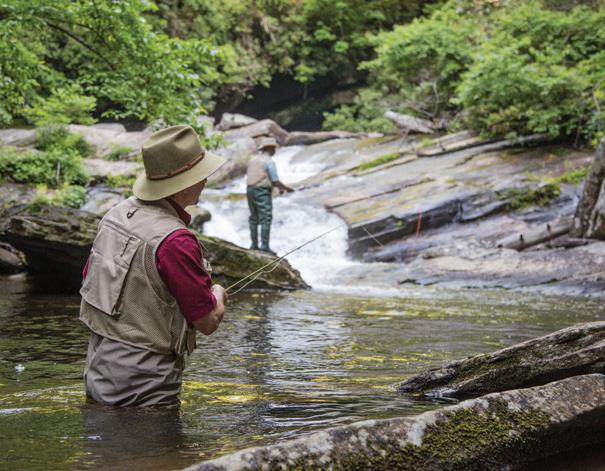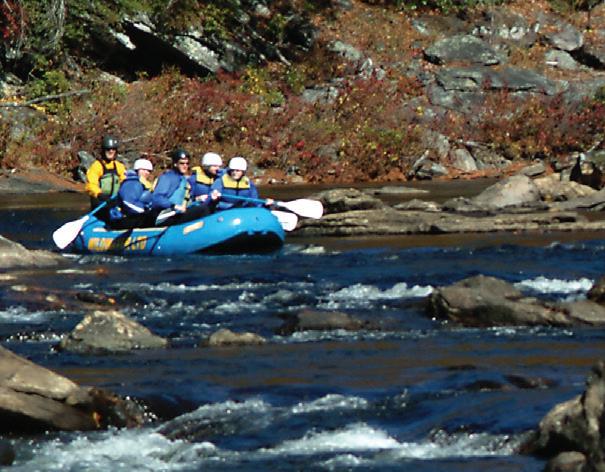




























































200-foot-deep structure.

Capt. Rick Croson, of Living Water Guide Service, showed Barefoot this bite for the rst time, and on that trip, they caught African pompano until they were tired of reeling them in as well as amberjack, dolphin and black n tuna. e widely accepted best way to catch African pompano is with a utter jig. However, Barefoot is never content with a tool or technique until he tries to nd a better way to do it.
“ ey are extremely susceptible to utter jigs, but the problem with those is the teaser assist hooks. We kept hooking them on the outside of the face with those wired stinger hooks,” he said. “With their thin, delicate skin, it’s tough to get a hook set. We were losing a lot of sh.”
e technique Barefoot settled on is to use his own 4-ounce Squid Decoy Jigs.
For most anglers, African pompano are welcome bycatch on bottom- shing trips for other species. But restrictive seasons on standard structure-oriented o shore species like grouper and snapper have made African pomps a primary target. In terms of gameness and quality as table fare, some might argue they belonged near the top of the list the whole time.
“ ey shut down grouper shing in January, and I’m not going to stop going o shore, so they’re the next likely candidate,” said Coastal Angler’s own Capt. Tim Barefoot. “ ey pull hard, they bite and they taste great. I’d put them
up in the top ve of my favorite sh to eat.”
African pompano school up on nearshore and o shore structure in late winter and early spring on the Atlantic and Gulf coasts. A couple of years ago, Barefoot was introduced to a ridiculously good bite for 15- to 45-pounders out of Wrightsville Beach, N.C., and what he learned might help you dial in the bite where you sh.
Cold water consolidates African Pompano to their comfort zone this time of year, and out of Wrightsville Beach anglers nd the magic 65- to 67-degree temps 45 to 60 miles out on 120- to
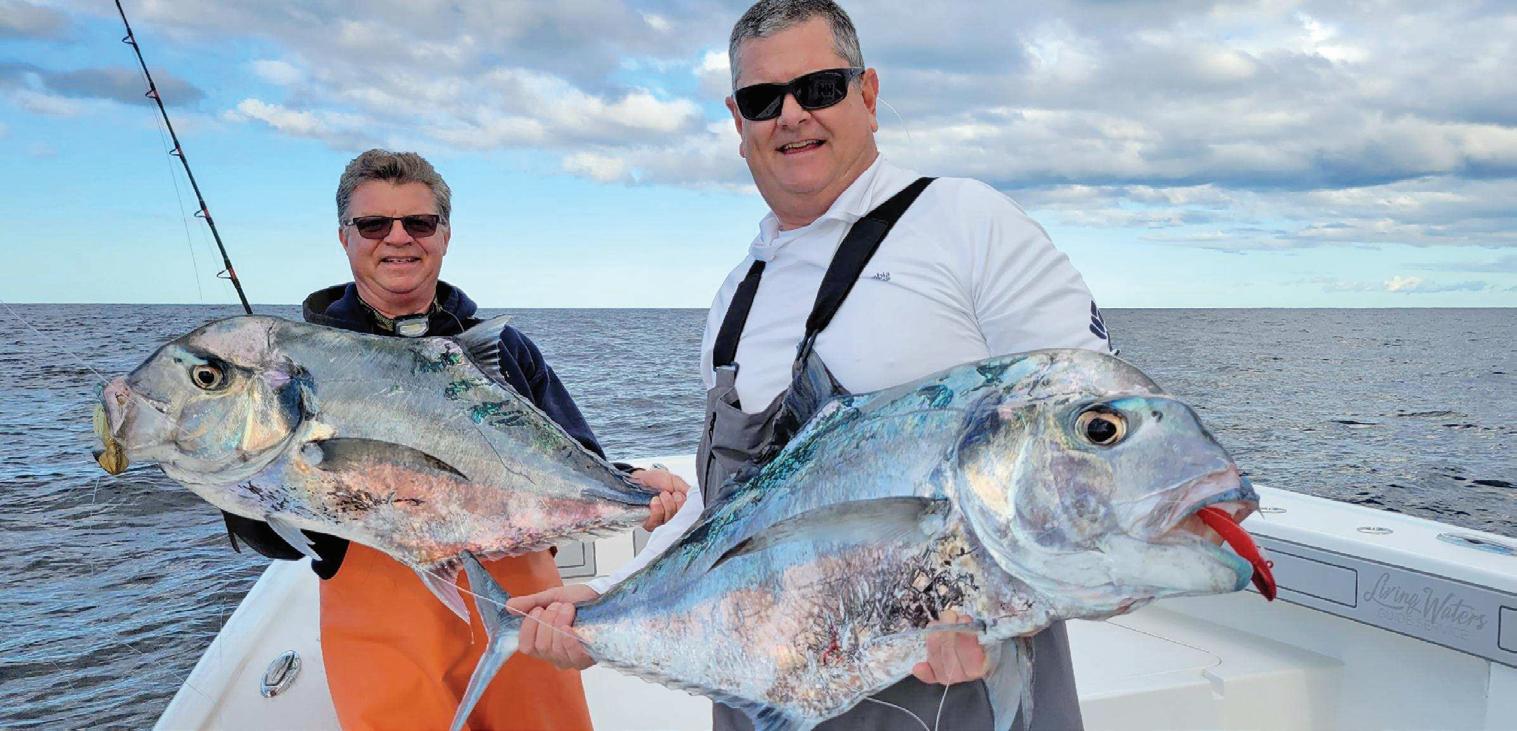
“African pompano are very close to the bottom,” he said. “We drop that squid down to the bottom and pull it up just a few feet. Sometimes you can just set it in the rod holder and wait for it to get slammed. Sometimes you might want to give some action, but don’t overdo it. Squid are their primary food source. When they see it, they’re not shopping… they’re buying.”
Barefoot uses 40-pound braid to an 80-pound uorocarbon leader. He ties on his jig with a loop knot. e thing about squid is sh always attack them from behind to disable their beak. Barefoot said sh take the squid jig deep, and the result is a solid hook set in the mouth.
Find Capt. Rick Croson at livingwatersoutdoor.com and check out the Squid Decoy Jig at barefootcatsandtackle.com.
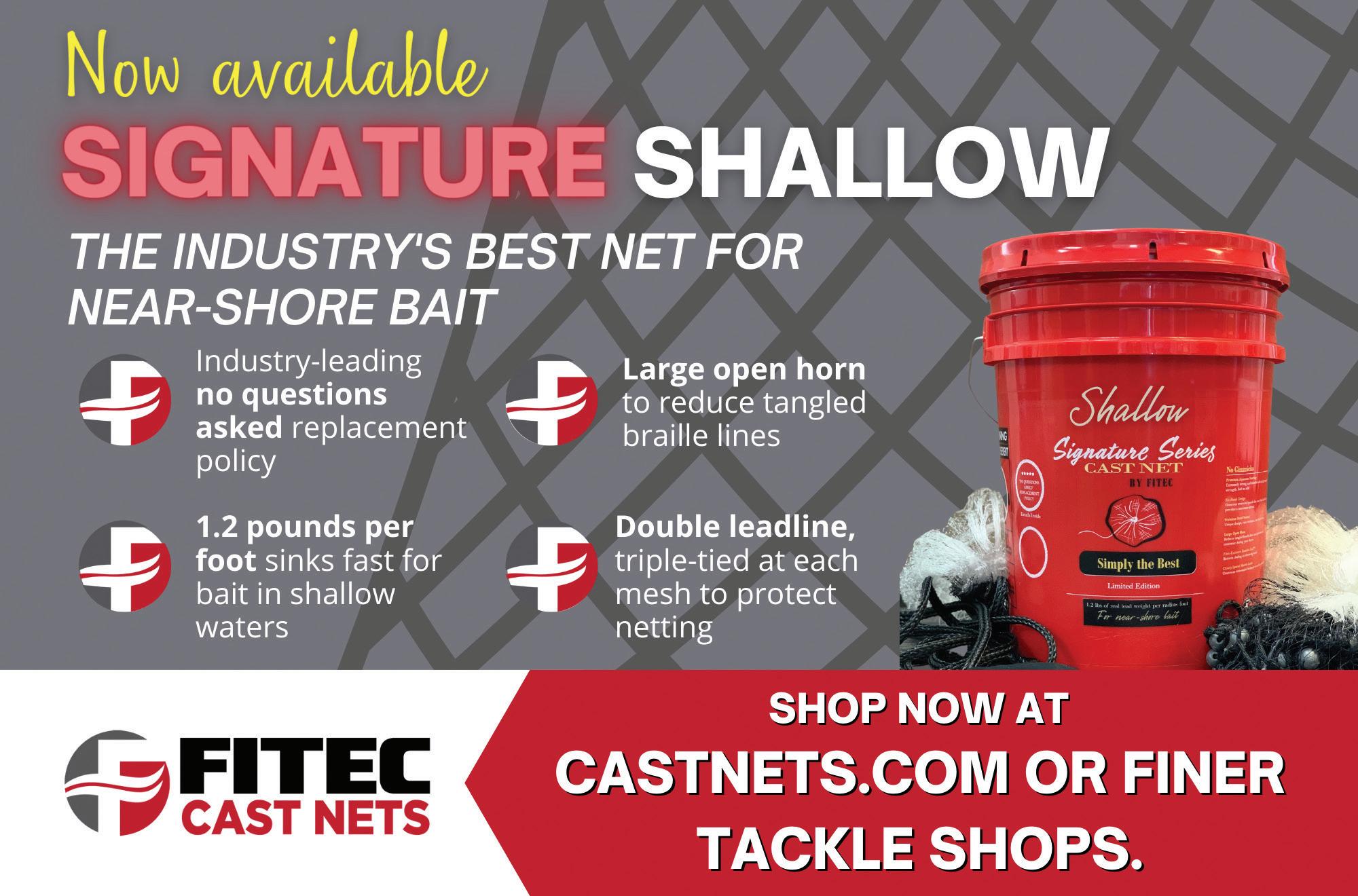
With big trout on my mind, I hooked up the boat and headed to deep south Texas. An approaching cold front was going to shorten my trip to a single day, but I felt con dent it would be worth the 5-hour drive. As the cold front swept across north Texas, my anticipation was high as I headed south to warmer temperatures and extra hours before the frigid air and high-powered north wind turned a nice winter’s day into artic conditions. e morning greeted me with calm winds and dense fog, which is not typical south Texas

weather 14 hours prior to the strongest cold front of the year. e norm is 25 knots from the south or southeast with a storm of this magnitude on the doorstep.
I headed to my pre-determined location at a safe speed considering the conditions. I was in no hurry, as the prime bite was not until 10 a.m. e forecast was sunny, calm and 70 degrees for the day, followed by north at 35 knots and a low of 28 the next morning. I was certain the approaching weather would have the bite red up, and it did not disappoint. e sh didn’t feed on everything
I tied on, but once I homed in on what they wanted it was nonstop!
I pulled up to a favorite cove, positioned the boat well outside the prime area and quietly slipped into air-clear, knee-deep water of the grass at. I had a 5-inch paddletail ready at the end of my rod. A er covering the prime area with only one follow by a small red, it was time to change. I downsized to a 3.25-inch paddletail with a light purple back and a pearl belly. As I looked up a er rigging my lure, I spotted a huge trout about 5 yards in front of me. She was there for several seconds and then slowly disappeared. I knew she was aware of my presence even though she didn’t spook, and I didn’t have high hopes of catching her, but I did try. I was excited knowing my plan had me in the area of the trophy-size trout I was targeting.
I noticed nervous mullet about 40 yards away and slowly made my way in that direction. It was nonstop action on reds in the 26-inch range, and I caught one 3-pound trout. ese sh were a little deeper in thigh-deep, crystal-clear water over grass and potholes.
roughout the day, I tossed three sizes of similar body-style paddletails, all with built-in tail rattles. e smallest, a 3.25-inch lure, was the only one that caught sh. I used three di erent colors, so it was only the size that mattered on this day under pre-front conditions. Although I did not land the big trout I was targeting, I am satis ed that I was in the right place and will go back soon.
Capt. Michael Okruhlik is the inventor of Knockin Tail Lures®, and the owner of www.MyCoastOutdoors.com.

Some years ago, my girlfriend and I visited the Southwest town of Sedona. It’s a wonderful place. While jewelry stores, art galleries and upscale boutiques have crept into Sedona’s downtown, the air still maintains an electric charge. In one of these Sedona stores I acquired a Bowie knife that soon proved well worth the sticker price.
Disappearing into the stunning red rock formations that Sedona is known for, my girlfriend and I set out to hike Bell Rock, a butte just south of that famous desert town. We couldn’t have been happier.
Our happiness didn’t last long. Before we knew it, we stumbled upon a rather nasty diamondback rattlesnake. Acting quickly, I pulled my Bowie knife out of its holster and gave Mr. Snake a quick shave. We were lucky. Not only did my skill with a knife ensure our safety, but I had the makings for a new rattlesnake belt.



The next time something slithers too close, make sure you’re prepared with the Diamondback Bowie Knife. This 12" knife comes with a high quality 420 surgical grade stainless steel blade. The handle is made of genuine natural bone that’s been hand carved in the pattern of a diamondback. Completed with brass handguards, spacers and end cap and accessorized with a genuine leather tooled sheath, this is one blade a mamba won’t want to mambo with.








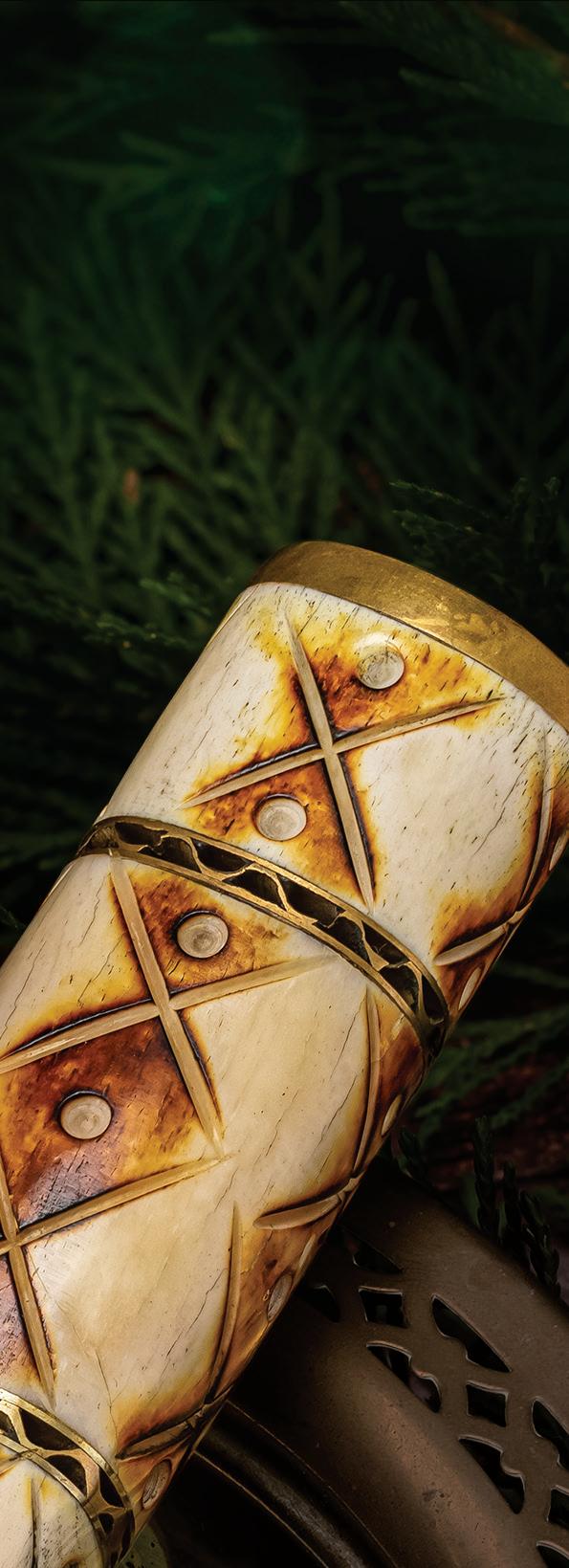
What’s more, while supplies last, we’ll include a pair of $99 8x21 power compact binoculars FREE when you purchase the Diamondback Bowie Knife. Simply put, this offer is an incredible bang for your buck. Act now: We only have 271 knives left for this ad! For your next adventure, don’t rely on some wimpy pocketknife to protect you from danger. Get the Diamondback Bowie Knife and come away with a story instead of becoming a snack.
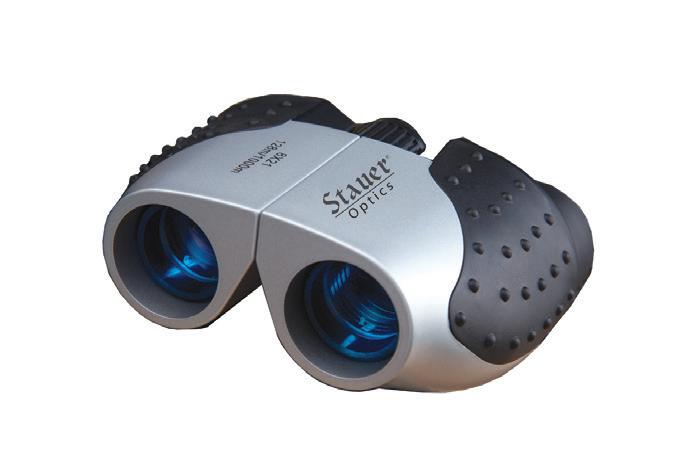
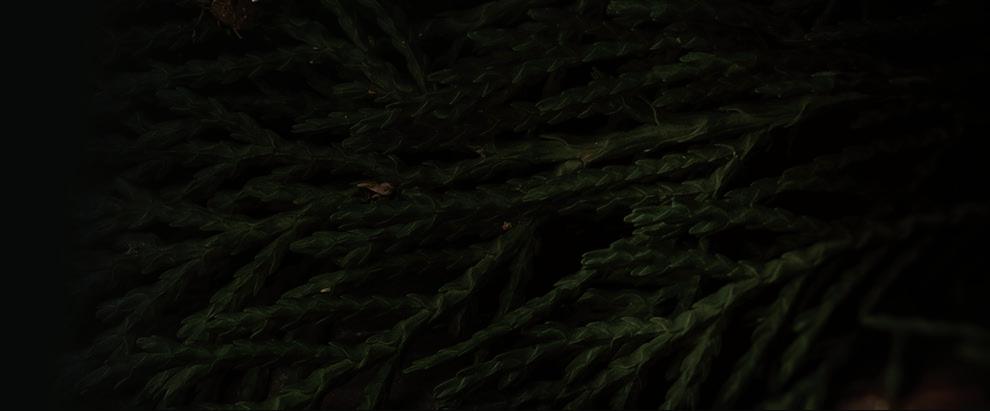
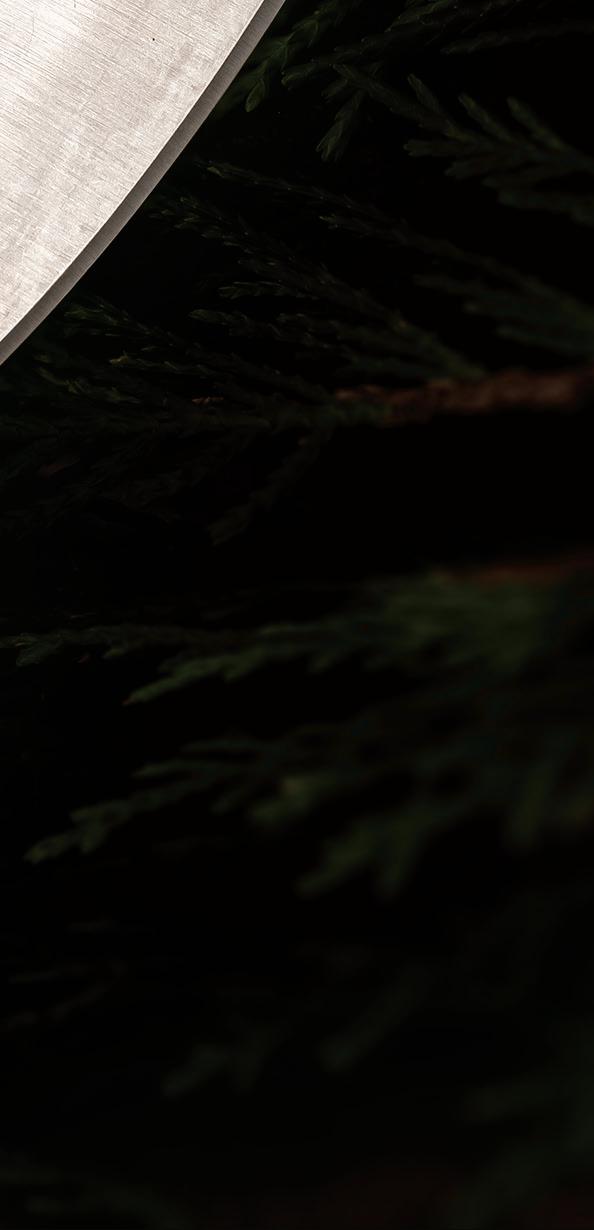

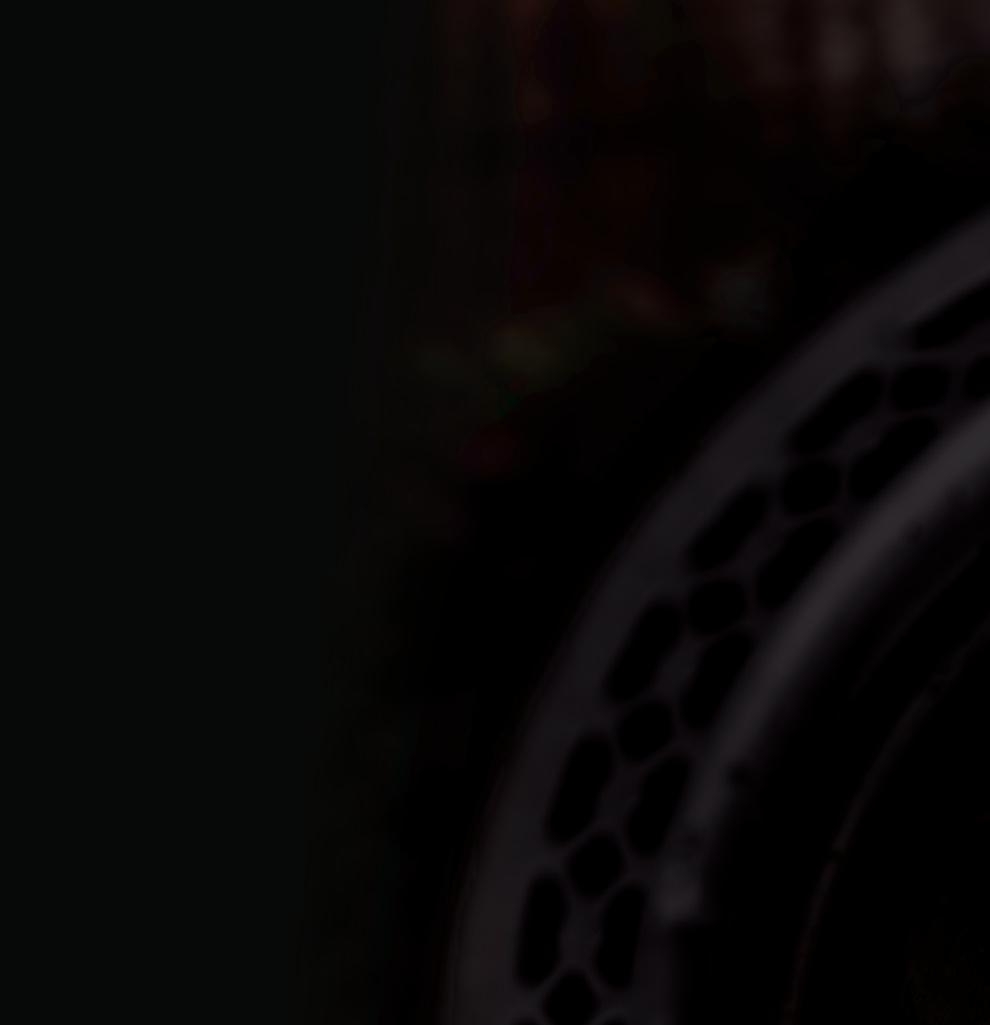
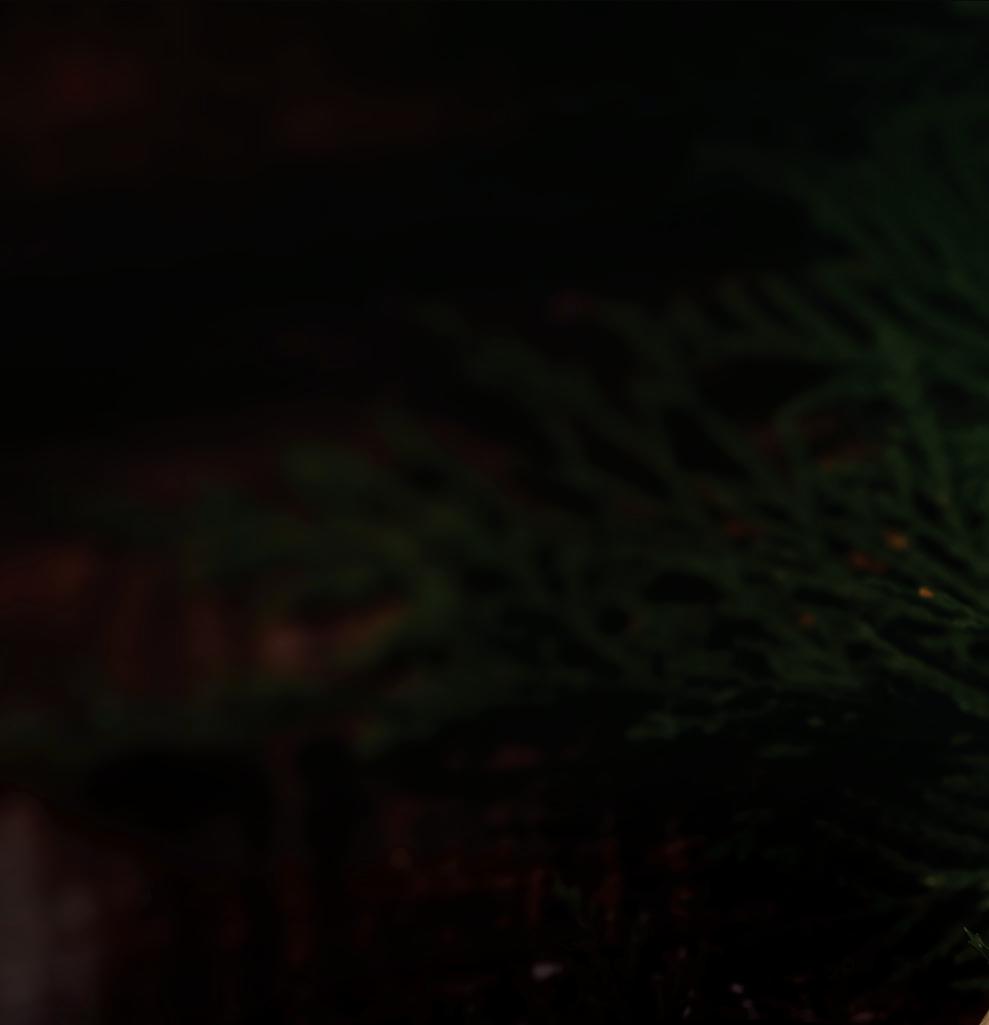

Asingle-handed y rod, which you might refer to as a “normal” y rod, is the tool of choice for most anglers seeking trout or other species on our inland rivers. But I’m here to tell you there’s a revolution building steam. Don’t be surprised when someone on your local river shows up wielding a two-handed spey rod. ese long rods are gaining popularity because they o er certain advantages.
For centuries, two-handed spey gear has been used only in pursuit of big anadromous sh such as salmon or steelhead on the huge coastal rivers of many continents. However, in the last decade or so, micro or trout spey rods have found their way into the hands of anglers. is smaller trout-sized spey gear opens the door for shing areas and for species that inhabit some of our beloved rivers and mediumsized streams.
If it lives in moving water, it can be caught with spey gear. Trout, of course, are the main quarry, but other sh such as smallmouth, spotted bass, largemouth, white bass and stripers are also fair game. Smaller-sized spey rods in 4-, 3-, or even 2-weight sizes are extremely e ective tools for reaching sh in big water with dicey wading areas.



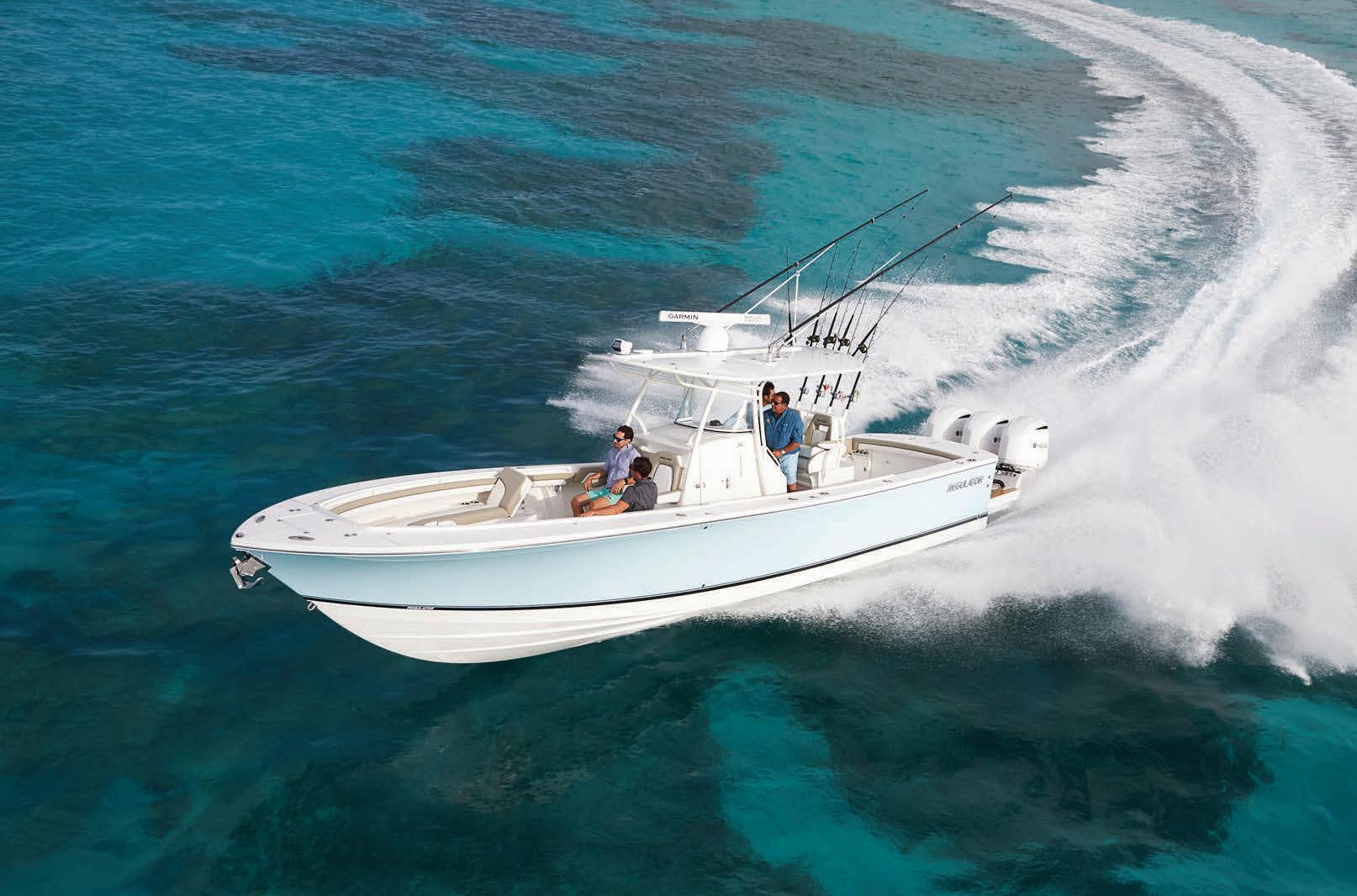
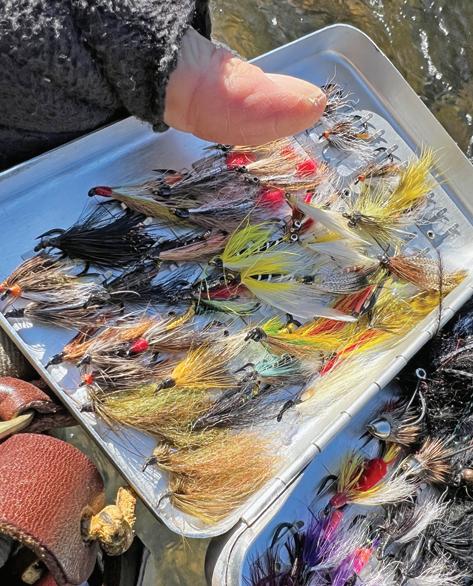
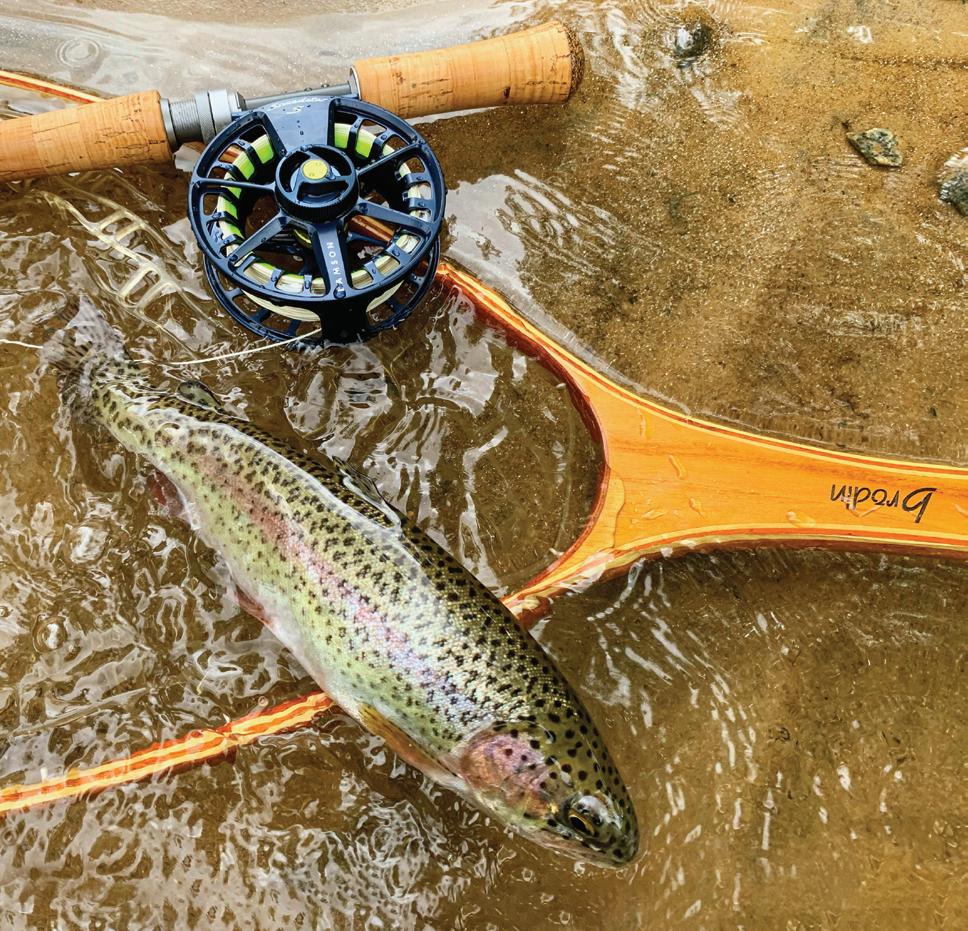
Besides being loads of fun to sh and cast, a spey rod is designed to launch ies into the next county with little or no back-cast room available. Most troutsized spey rods are less than 12 feet long, with longer rods up to 16 feet reserved for big steelhead or salmon. A 2-weight spey rod is similar to casting a 4- or 5-weight single-hand y rod. A 3-weight spey rod can handle ies in sizes that a 5- or 6-weight single-hand can cast, and so on.
Here’s the main advantage of two-handed gear: Easy casts of 70 or more
















feet can be launched from positions that are impossible with a single-hand y rod. Right now, the wheels in your head should be turning about places on your home river you have always wanted to run a y through but couldn’t reach.
Fishing is done down and across current to carefully swing ies through likely runs or holes, and the angler waits for the electric jolt of a trout or bass. Flies imitating bait sh, emerging insects, and even brightly colored Atlantic salmon or steelhead ies in smaller sizes are readily taken by sh. A well-tied y sweeping in front of a predator can draw a hunger reaction or a re ex strike in almost any condition.
Casting and shing micro spey gear is extremely fun and e ective. I hope you will join the trout spey revolution!

























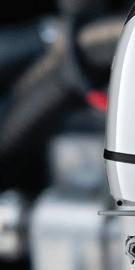

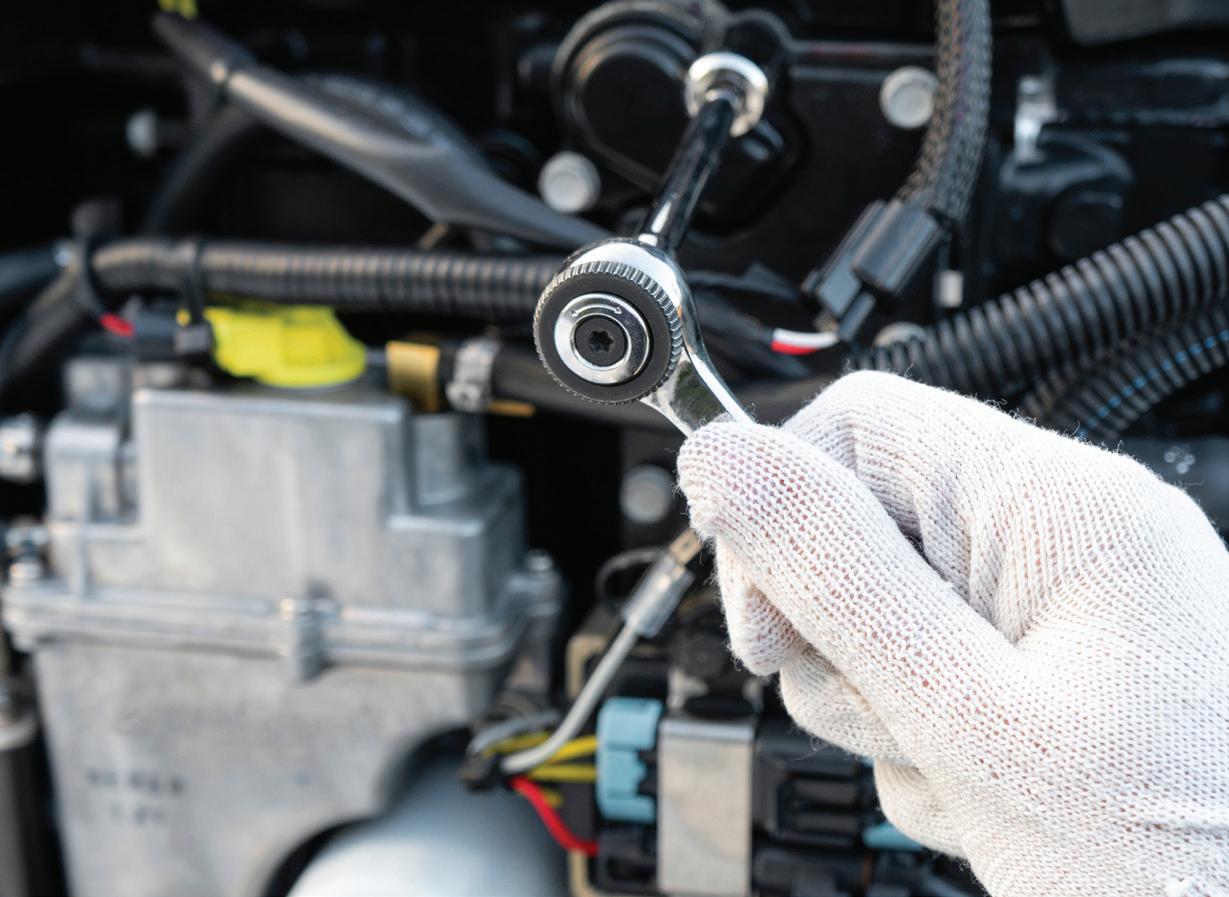 By CAM Sta
By CAM Sta

The Bassmaster Elite Series opens its 2023 season Feb. 16-19 with a stop at Lake Okeechobee. It’s the rst time since 2017 that B.A.S.S.’s top pros have competed at the “Big O,” and depending on the weather, most pundits are predicting heavy sacks from some of the world’s best bass anglers.
Last time Elite Series anglers descended on Florida’s largest lake in 2017, they also shed in late February. A monster 9-pounder turned heads as the big sh of the tournament. Alabama pro Tim Horton topped the eld with a four-day total of 83 pounds, 5 ounces. at’s a better-than 20-pounds-per-day average, which is strong for any shery, but it’s not as good as it gets for this historic big-bass factory.
Back in December, locals Jerod Boltz and Jon Bowman secured the 2022 Roland Martin Marine Center Series Championship with an awesome, nearly 30-pound nal day on Dec. 11. eir big sh of the day was an 8.15-pound Okeechobee giant. ey caught most of their sh on chatterbaits, an Okeechobee favorite, and spent some time shing speed worms and ipping cattails.
With two months separating the Roland Martin event from the Elite Series event, there’s no doubt some things will change, but Florida’s mild winters mean some things will likely remain the same. Okeechobee is typically primed for big sh in the month of February, and there might be some bed shing going on. “Big O” bass will likely be up shallow in all stages of the spawn.
As with any shery, weather patterns have a way of ruining the best laid plans. February fronts from the north are notorious for shutting down hot Florida bass bites in a hurry. Last February, Coastal Angler contributor Capt. Angie Douthit reported consistent action with spinnerbaits, worms and chatterbaits, and said they were also catching sh ipping and pitching.
For more information, go to www.bassmaster.com.


Technical schools charge tens-of-thousands in tuition. With the Mastry Suzuki RePower TTP (Technician Training Program), you will work with and learn from factory certified technicians and participating in the Suzuki on-line training course all while earning an hourly wage. After completing the Suzuki on-line training course and earning your Suzuki Certification you will be eligible for the Mastry Suzuki RePower Tenured Technicians Bonus Program.



Suzuki RePower Tenured Technicians $1-Grand-A-Month








After joining a Mastry Suzuki RePower Center as a certified technician, every month you will accrue $1,000 in bonus opportunity. After one full year of service you will be tenured and eligible to receive all 12 months of accrued bonuses, or $12,000. As a Mastry Suzuki RePower Tenured Technician along with your regular pay, each month you will be eligible for a $1,000 additional bonus.




At every Mastry Suzuki RePower Center, Certified Technicians are held in the highest regard. Join a passionate team of professionals with the common goal of excellence through constant improvement. With 12 locations across Florida there is a Mastry Suzuki RePower Center near you that wants to appreciate you and your abilities.

Mastry Engine Center
Clearwater, Florida 800-545-4574
Twin Screws Marine Fort Myers, Florida 239-330-3387
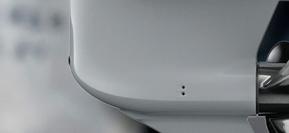
Innovation Marine Corp. Sarasota, Florida 941-355-7852



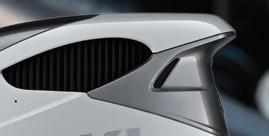
Marina One Deerfield Beach, Florida 954-421-2500
Bayfront Yacht Works Sarasota, Florida 941-349-9449
On Site Marine Ruskin, Florida 813-727-5403
Boat Services Group Key West, Florida 305-320-0555
McKenzie Marine St. Augustine, FL 32084 904-770-2488

Lou’s Marine, Inc. Gulf Breeze, Florida 850-932-0701
Atlantic Marine Store Hialeah, Florida 305-826-2202
Custom Marine Service Panama City, FL 850-872-9191

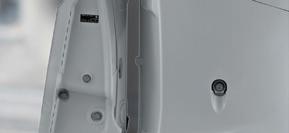
Oyster City Suzuki Apalachicola, Florida 850-653-8030

over to the other side of their head and they spend the rest of their lives looking up with one side of their body at on the bottom. ere are several species of ounder with overlapping ranges. Summer ounder are what northern anglers call ukes, their range in the Atlantic stretches from Nova Scotia down to Florida. Southern ounder inhabit the Atlantic coast as well as the Gulf of Mexico, while Gulf ounder can be found in the Gulf of Mexico from Florida to Texas. Southern ounder can be identi ed by their white underbelly and an absence of the ocellated spots the other two species have. ese spots resemble eyes, which are thought to trick predators. For southern ounder, males don’t grow much longer than 12 inches, while females can reach about 25 inches.
Southern ounder range from North Carolina to Texas, however, they do not migrate besides going o shore for mating and then returning inshore. While inshore, they prefer shallow muddy and grassy ats, where they hide on the bottom and ambush prey.
When the mating season rolls around in late fall and early winter, ounder migrate out of the passes. At the end of winter into early spring, all of the females and some males head back inshore.
Flounder can be caught with arti cial and live bait. Arti cial lures such as jigs, small swimbaits and spoons worked near the bottom can all produce sh. Small live bait works the best, with nger mullet being my personal favorite. Small pilchards, mojarra and mud minnows will also do the trick.
Light tackle is all that is needed to catch them. A small weight, 1-ounce, or so, with a short 12- to 16-inch sh- nder rig works best. A live shrimp on a jig head, such as a Troll Rite, jigged along the bottom can also work great and is a good way to cover more area with a live bait.
Some of the best places to nd ounder are on inlet rock piles and bridge or pier pilings. Cast upstream and work lures downstream, or let your bait dri downstream.

With the cold fading away, so will the ounder, but they return with spring. Many anglers believe the second cold snap is prime time, when southern ounder begin moving through the inlets. e timing varies greatly, but it can be gangbusters in the inlets if you catch it right. Even if you don’t, there will likely be some stragglers moving through.
Flounder are interesting sh. As hatchlings, they swim upright with eyes on both sides of their heads, just like most sh. As they mature, one eye moves
e IGFA all-tackle record for Southern Flounder is 20 pounds, 9 ounces. It was caught out of Nassau Sound, Fla.
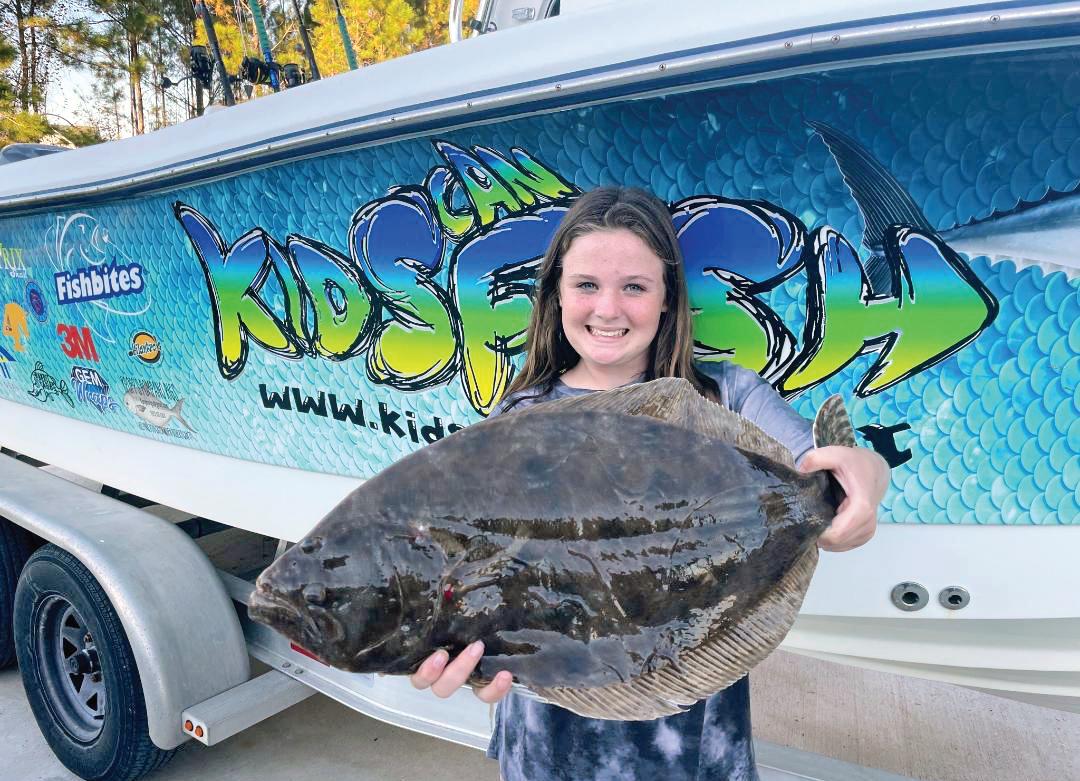
Emily Rose Hanzlik holds 56 IGFA world records in various categories. She hails from West Palm Beach, where she has a part time Bow n Guide Service as well as shing classes for Jr. Anglers. Find her on Social Media @emilyhanzlikoutdoors.
It’s 8:17 p.m. Been out on the lake for hours.
But there are more fsh in the water.
And my LBP batteries are still going strong. Maybe One More Cast . . . the offcial battery of “One More Cast...”



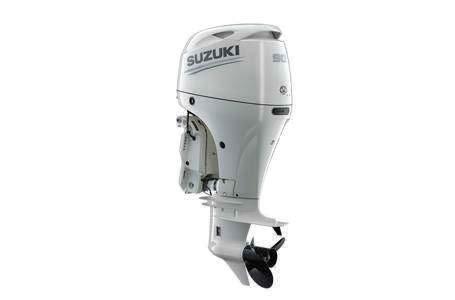
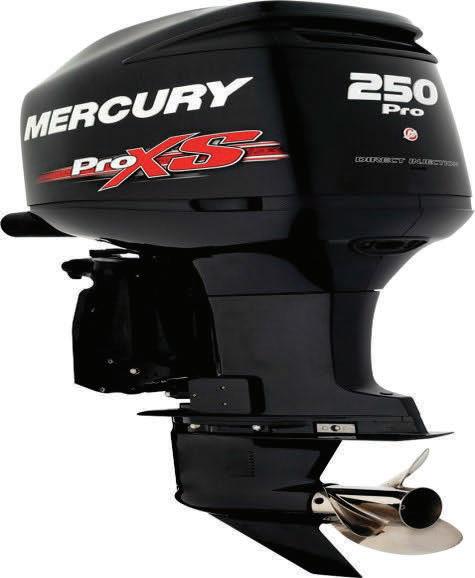
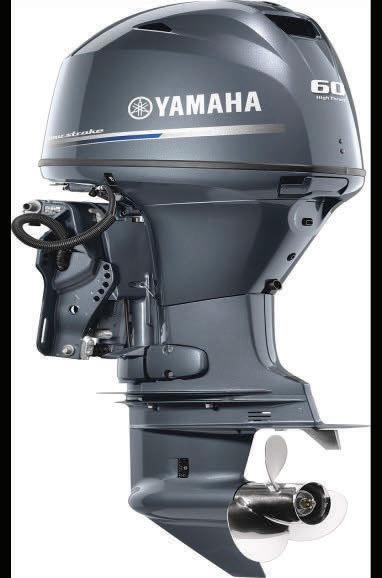

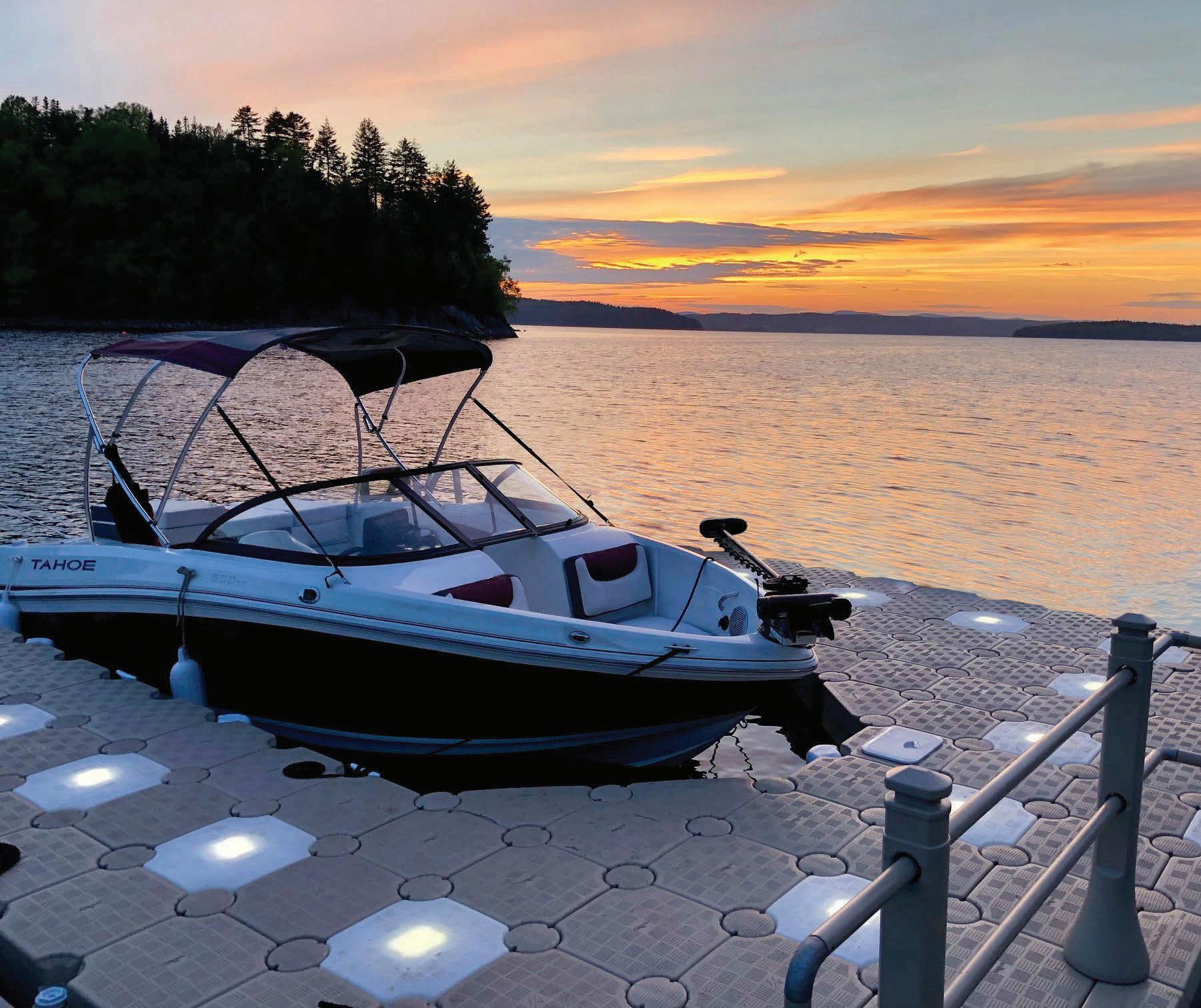


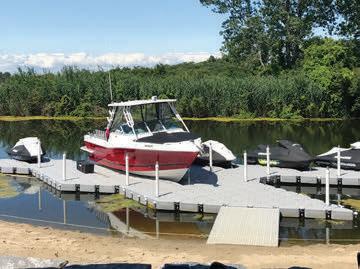
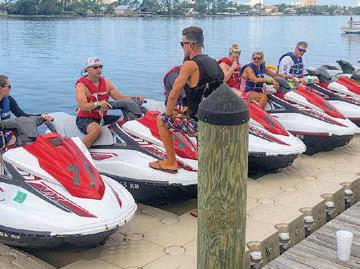
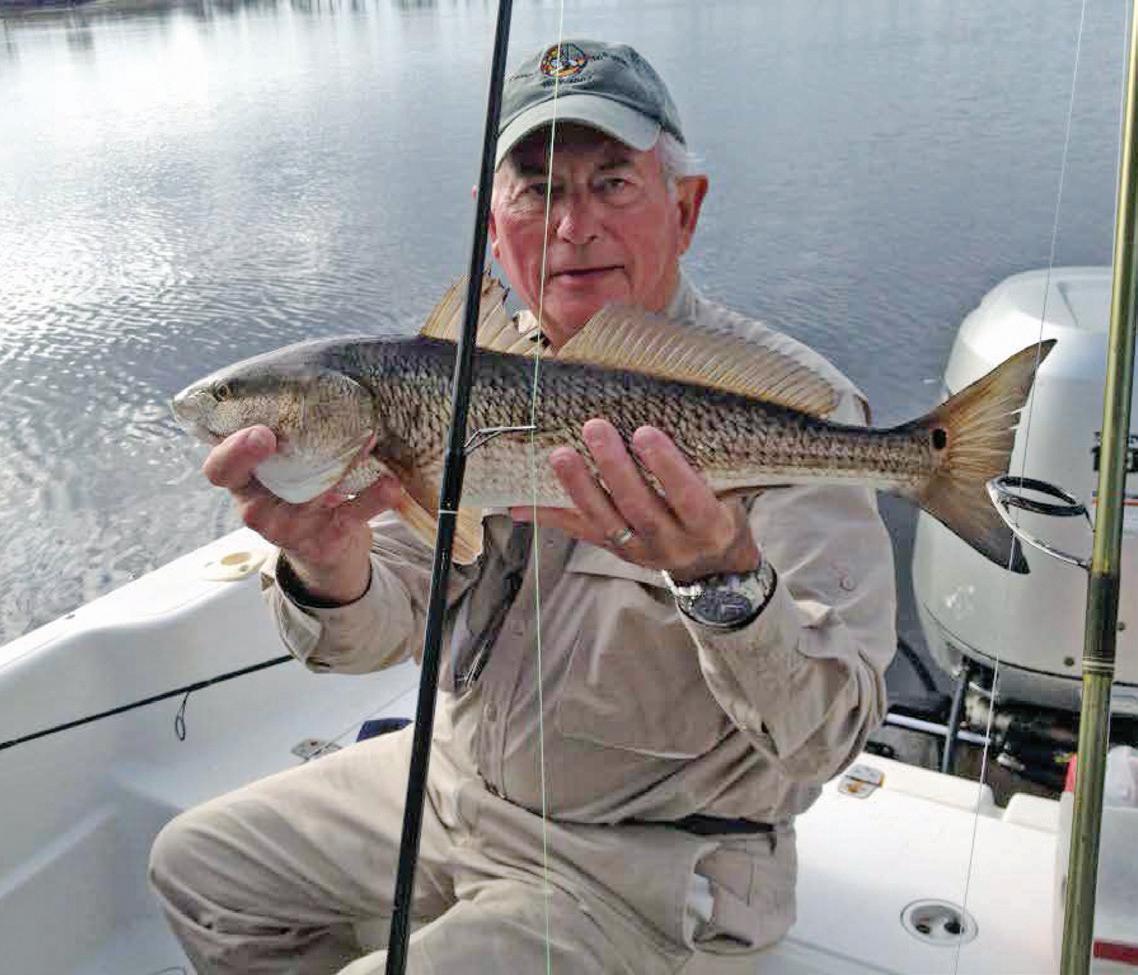



As I write tonight in late January, we are warming from the latest cold front. I enjoy a few days of lower temps and “sweater weather”. It is Winter after all. (I just wish that we could save a little bit of it for August!). A couple weeks ago, we hit 80 degrees, so granddaughter Secelia, and I went swimming at Rock Bluff Springs on the Suwannee. The spring water is the same temp in January as it is in July. Swimming in January-only in Florida! See page 15.
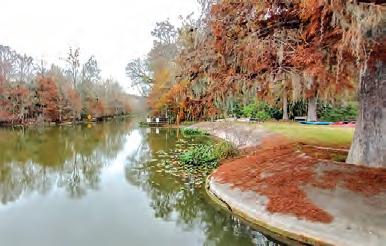
Would you like to own a vintage MG? See page 6. It is red and beautiful! (Owner is a neighbor of mine.)
This month’s recipe Chicken Oscar with Asparagus and Hollandaise Sauce, sounds very fancy, but is surprisingly easy to make. The “seafood” ingredient is a layer of fresh crab (Don’t use that canned stuff!) available at Kelly’s. See page 2.
Congratulations to Captain Brent Woodard and his wife Whitney, on the birth of their daughter, WillaKay Tyne. See page 15 for his forecast, HORSESHOE BEACH and photos.
Speaking of our guides, they are the very best in the business and I am so grateful for all of them. Every month, they take time from their busy lives to bring us up to date on the latest in fishing North Central Florida and the Nature Coast. How about calling one of them to schedule a guided fishing trip for your favorite Valentine?
As always, please thank our advertisers and the folks where you picked up the World’s Greatest FREE Fishing Magazine.
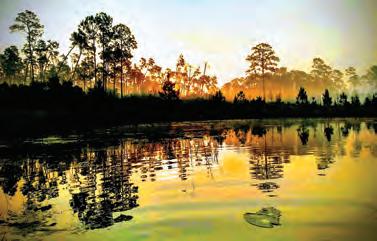

Stay smart, get your vaccines, stay well and stay alive. I hope you have a wonderful Valentine’s Day with the ones you love!

 Lynn Crutchfield Co-Publisher
Lynn Crutchfield Co-Publisher
Capt. Katie Jo Davis Capt. Tommy Derringer
Capt. Andrew Fagan
Capt. Jonathan Hamilton
Capt. Tony Johns
Capt. James Kerr
Capt. Pat McGriff
Capt. Brent Woodward
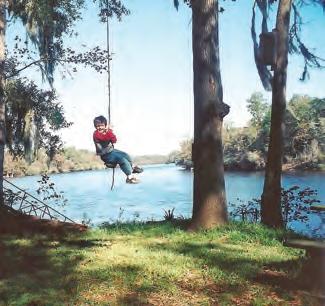


Snap off and discard tough ends of asparagus, Steam or microwave the tender ends until crisp tender. Set side
Pound chicken breasts, covered with a sheet of plastic, to about ¼ inch thick. Cut each in half for a total of 4 pieces.
Drain crab and mix with Old Bay seasoning.
Season chicken with salt and pepper and dredge in flour.
Heat oil in heavy skillet on medium heat. Cook chicken breasts for 2 to 3 minutes on each side until golden brown. Remove to baking dish.
• 2 boneless skinless chicken breast halves
• ½ cup flour
• Salt and Pepper
• ¼ cup olive oil
• 16 to 20 (depending on size) fresh asparagus spears
• 1 cup packed lump crab meat (Hopefully you are using fresh!)
• ¼ teaspoon Old Bay seasoning
• 4 large egg yolks
• 1 cup melted butter
• 1 tablespoon lemon juice
• Salt and Pepper
Make Hollandaise by whisking 4 egg yolks with lemon juice, and a pinch of salt and pepper in blender or processor. While blender or processor is running, SLOWLY drizzle melted butter into egg mixture. (Isn’t it beautiful!)
Top each chicken breast with equal portions of crab, 4 or 5 asparagus spears and a generous drizzle of Hollandaise sauce

Bake in 350-degree oven for about 5 minutes to warm, and serve immediately.
I added a simple side of buttered new red potatoes.
(Cary prefers dark chicken, so I substituted a skinless, boneless thigh for him.)
Having lived in a water-challenged country (Saudi Arabia) for two years, and read about the use of water boats in Greece and read a lot about the water shortages in South Florida, I have thought a lot about potential solutions to the problem.

A solution tried out in Greece for many years was the waterboat: a boat carrying fresh water from the mainland to the offshore island of Hydra. That island, whose name ironically means “water,” had no fresh water for its residents and many visitors. So, every day, a boat full of fresh water would go from the mainland to the main port of Hydra, delivering the essential water. The water would then be pumped to holding tanks on the mountain overlooking the port. Then, as households needed the water, it would be pumped down into the town mainly by gravity.
By Kevin McCarthyBut in the 21st century, as the quality of the water decreased and the cost of transporting it increased, the service was discontinued and a water desalination plant was built, which for the most part has worked out well. But such a method would not work in South Florida, because of the very large population base there and the logistical headaches in shipping water from a good source.
The Romans succeeded in transporting water long distances by using huge aqueducts to take the fresh water from the mountains, for example in Gaul/France, to towns far away. The Pont du Gard Aqueduct still stands as a testament to their skill. But Florida doesn’t have mountains to speak of, and so that method would not work here.

Engineers have built the Trans-Alaska Oil Pipeline to carry oil hundreds of miles from the top of the state down to a marine terminal, but such an ugly structure would greatly mar the Florida landscape, if the pipeline could be built at all.

People in the Florida Keys relied on the
collection of rainwater from roofs, water that flowed into cisterns at individual houses until a pipeline could be built. The building of Flagler’s Overseas Highway in the early 1900s allowed engineers to use the structure to carry water pipes to the towns in the Keys.
Various ideas have been put forth to solve South Florida’s water problems. For example, in 1993, former Governor Claude Kirk established a private company to look into piping water from the Silver Springs park. A few years later he proposed pumping water from an ocean spring off our coast and shipping it to Pinellas County.
Another suggestion is desalination. In fact, the Tampa Bay Seawater Desalination Plant is designed to provide up to twenty-five million gallons of clean, drinking water to the region, but it has had technical glitches that have prevented its full use.

Some have suggested that we pipe water from the Suwannee River south of Manatee Springs, just before it enters the Gulf of Mexico, to be totally dissipated forever. The

water would be piped to South Florida. Is that possible?

Kevin McCarthy, the author of North Florida Waterways (2013 - available at amazon.com), can be reached at ceyhankevin@gmail.com.

As the weather becomes a little more unpredictable during these winter months, the fishing remains constant. Redfish, black drum and trout are found in the creeks along the rivers. They enjoy schooling near oyster piles, where the sun warms the rocky bottom, and there are small crustaceans, for them to feed on. These fish tend to be a bit lethargic inshore, as they are trying to conserve their energy to stay warm. I find that fishing the afternoon of a sunny day produces best, so enjoy your morning coffee and wait until the air and water temperatures rise a bit.
When the weather permits, nearshore fishing is a blast and produces a lot of catching! Mangrove snapper, hogfish, sheepshead and grunts are staying near bottom structure, wrecks and ledges this time of the year. As the water clears, I drop my leader size to 20 or 25 lb. fluorocarbon.


Whether you take advantage of a beautiful weather day offshore fishing, or adventure into some shallow water creeks, I hope you always have a fabulous day on the water!


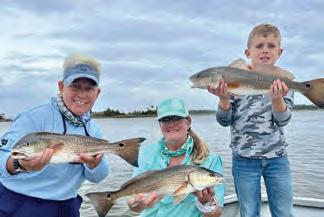
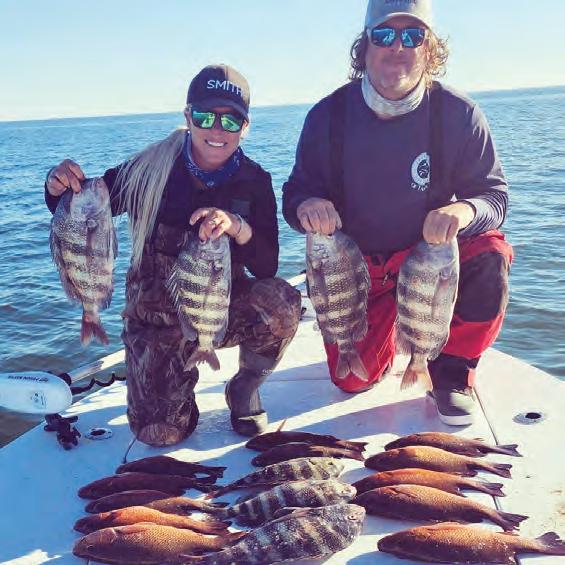

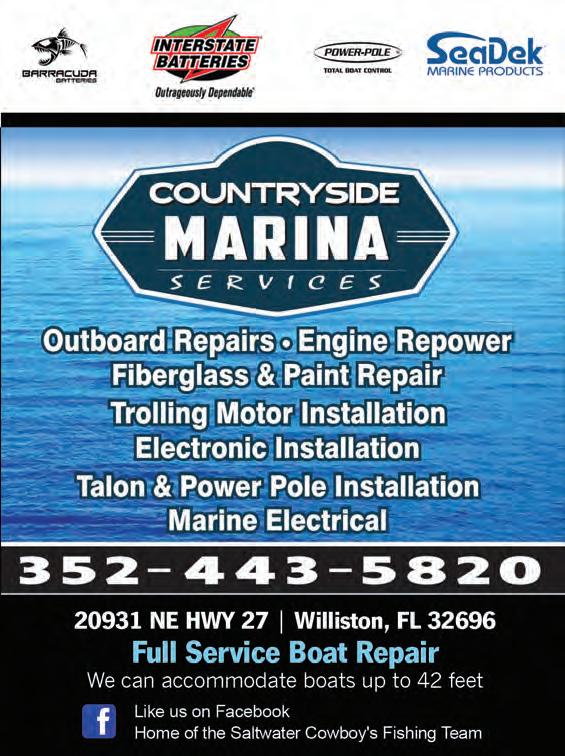


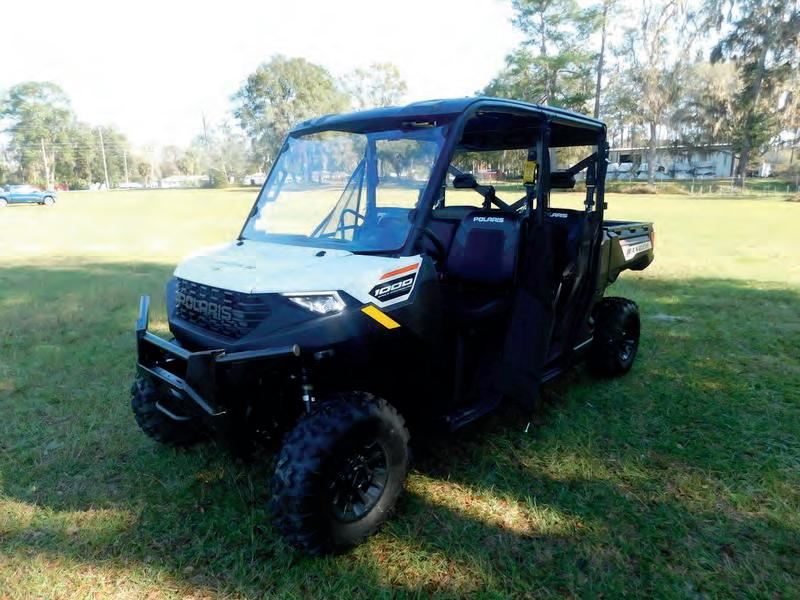



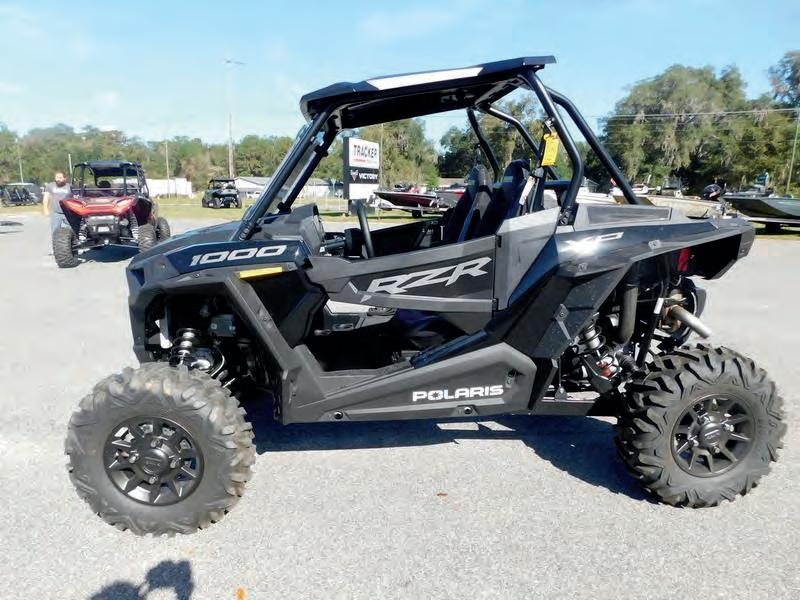
Hey everyone, I hope y'all are staying warm. I know I'm doing the best I can, but wow, has this been a cold winter.
These are some on the coldest water temperatures I have fished in Florida and the fish are doing exactly what these Cedar Key fish love to do. They are pushing up as for as they can in our creeks and hiding out in deep pockets.

When fishing these cold temperatures, slow retrieves seem to produce the most strikes. I'm getting most of my strikes bouncing a 3.5 inch c&m custom baits paddle
tail off the bottom, paired with one of their 1/8 jigheads.
One thing I have noticed when picking out deep pockets to fish, it seems that the pockets with a little bit of wind blockage, has slightly warmer water, and I've had much better luck with the trout and redfish being there.


Well y'all, until next month. Stay safe out there.
Capt. Jason Clark
In The Slot Fishing Charters 352-639-3209 www.intheslotfishing.com

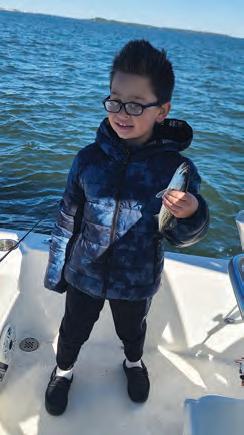


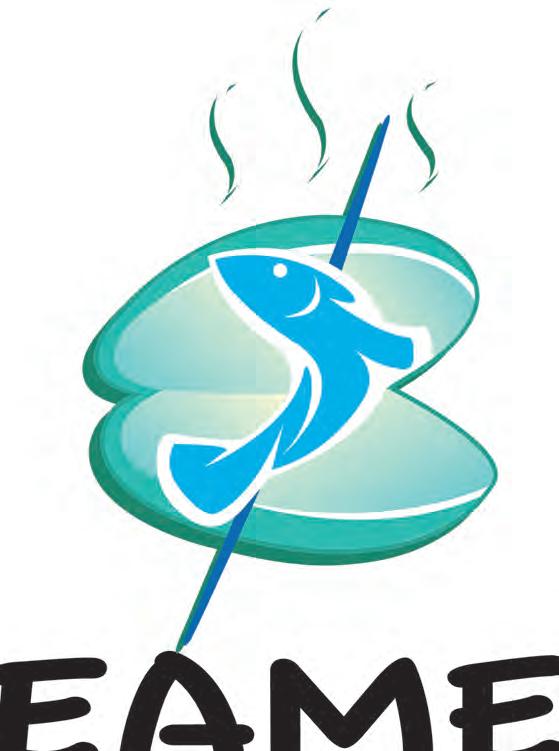
Many of us at Christmas, got one of the things we had been missing for several years, COLD weather! Down here in the Lower Suwannee River swamps, we saw morning lows in the teens and low 20s for several nights! That's pretty dang cold for us!
While these temps were welcome and helped the fishing, we really needed them a few weeks sooner. By now, many of the fish that would seek refuge in the warmer waters of the Lower Suwannee River have moved South or offshore. It's that sudden drop in water temps in the Fall that pushes the largest numbers of fish into the river.
It's the middle of January now, and we are continuing to have cooler to cold weather, compared to the last few years. This means the fish are in the deeper holes of the river and major tidal creeks like Barnett and Salt Creek. These fish are very lethargic, and the biologists tell us that they only consume about one fourth the amount of food, as compared to the summer months! That makes it more of a challenge for the angler!
So what's the best bait and what should we expect to catch? Best bait is alive or fresh dead; it can be shrimp or mullet, maybe mud minnows or blue crab. The main thing is, the scent it gives off! You can expect to mostly catch speckled trout, redfish, black drum and sheepshead.


For the artificial angler, it's going to be hard to beat the FishBites Fast Release formula, when combined with a FishBites Fight Club lure, and fished slowly along the bottom. This is a deadly combo!
For many local anglers, February is the beginning of the sheepshead spawning season on the offshore reefs and rock piles. The key word is "offshore". This means, the weather becomes a bigger factor and in the Spring we all know the wind can humble you, quickly! Many days we will have an easterly wind, so it will be calm when you head out. Then when you get about five miles out, you notice the wind, and by mile seven, it's getting rough!
Best bait is almost always going to be a piece of peeled fresh shrimp,
followed closely by fresh crabs! I prefer a snelled 1/0 bait keeper hook on 20-pound test fluorocarbon or pink Ande mono. The amount of weight depends on the conditions and depth, but ½ ounce to about 2 ounces is pretty common.
These sheepshead are great to eat, but like many species, they have been over harvested. Primarily, the large females are overfished! I encourage all anglers to release the larger fish; these are the spawning females! Keep the smaller males. They're easy to identify since they will be "spraying" you when you bring them in the boat!
Until next time, be safe, Tightlines and Catchemup!
Captain Tony Johns | 352-221-2510 www.lowersuwanneriverfishing.com
Instagram: captaintonyjohns
Facebook: Lower Suwannee River Fishing Adventures or Captain Tony Johns


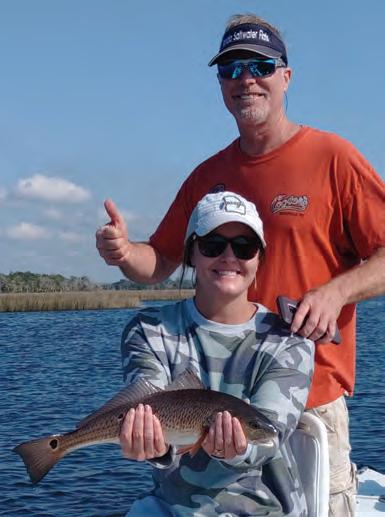

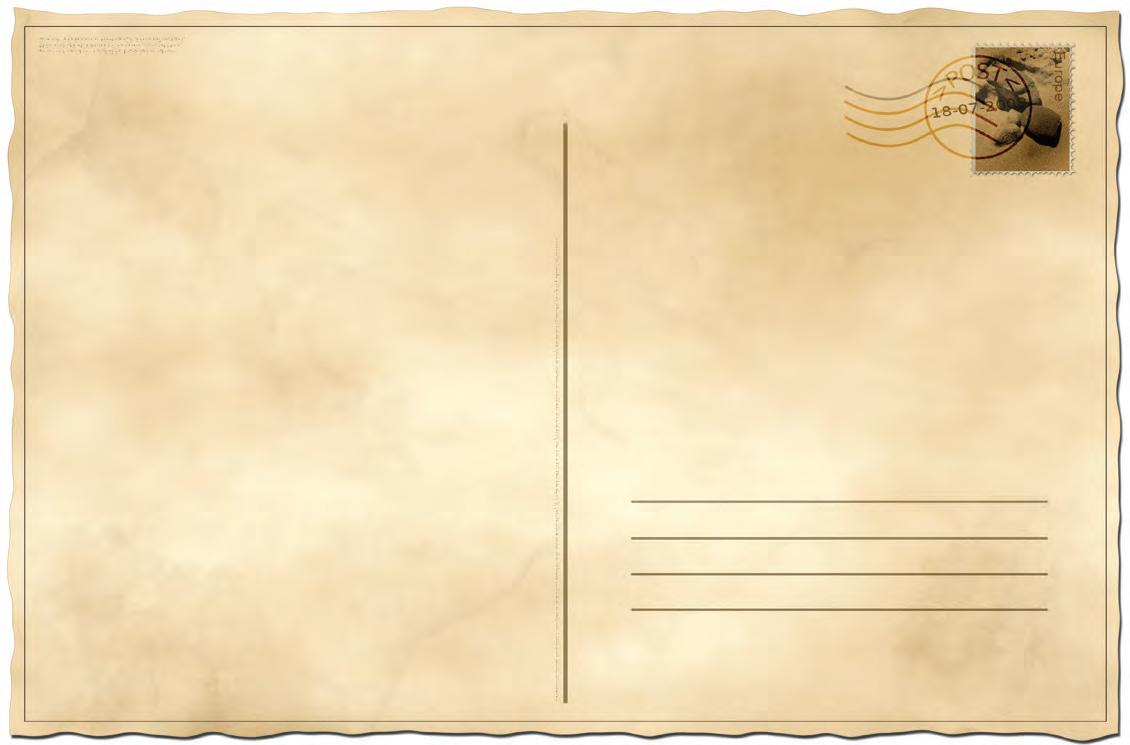





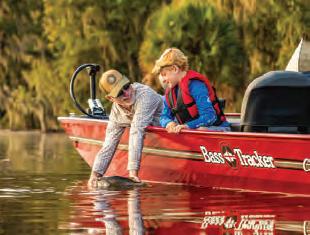











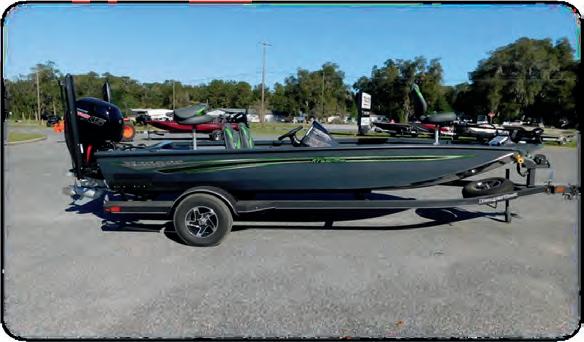
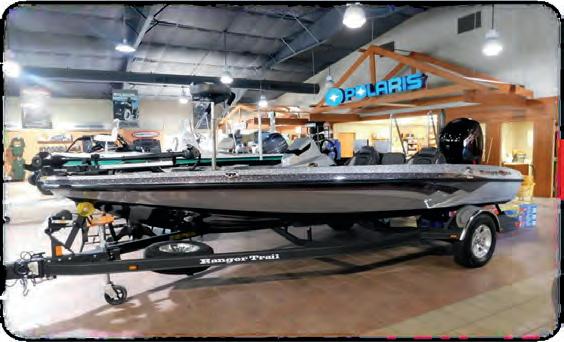












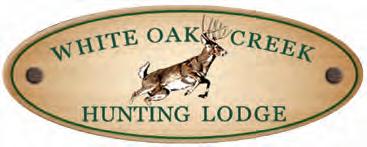




Ireally love this time of year in Northeast Florida! Cold water temps mean clear water and that means it’s time to sight-fish for redfish. Last month showed us some cold days and nights resulting in clear cool water and some super fun times on the water sight-fishing. When the water gets below about 60 degrees, the brown algae will die, resulting in clearer water and some exciting fishing opportunities. Cold water also means that redfish will be schooled up, both on the flats and in the deeper creek holes. Black drum, trout, and sheepshead will also be schooled up in the same areas. If you can get out on a nice sunny day over the next couple of months, you better go, because the fishing will be on fire!
On days when we have plentiful sunshine, finding schools of redfish on the flats can be a sure thing this time of year. The sun allows you to see in the water, so make sure you keep it at your back if possible, and be sure to wear a high-quality pair of polarized sunglasses, like the ones I wear from Bajio. I prefer a darker lens, like their green mirror for bright days, and a lighter one, like the rose mirror for more overcast days. Redfish will tend to hang out on flats that hold bait, have easy access to deeper water, and have areas that warm up quickly. Flats with an abundance of oysters are a good place to start, as they tend to cover most of the above-mentioned criteria. Once you locate the school, approach as stealthily as possible. Drifting and/or poling the boat are best, but using the trolling motor can catch our fish as well. Just keep it slow and at a constant speed. This is also a good time of year to downsize your baits a bit, as clear water tends to mean spookier redfish. My favorite sight-fishing bait for
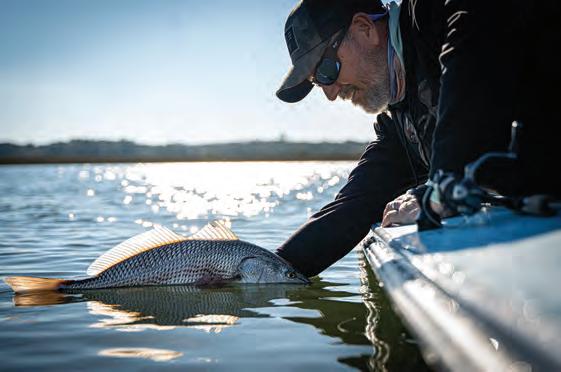
is a ¼ oz. or 1/8
size and action seem to be just right for our wintertime reds.
Along with the clear water, we also have some negative low tides coming up, which means easy pickings for schooled up fish of all kinds. These negative low tides will concentrate fish to the deeper parts of the creeks and flats. Fish the last hour or so of the outgoing tide with a ¼ oz. Saltwater Assassin jig and just about anything live or artificial pegged to it, and you’re sure to get hooked up. Hard bends in the creeks will have the deepest holes. Some creeks may have a shallow mouth, but don’t be afraid to do some exploring, as some of the best creek holes are far back in there. If you’re unsure of the depth or afraid of getting stuck, just wait until the tide goes slack, and then starts pushing in. That way you’ll know, if you can make it in, you can make it back out if the tide is still coming in. Then next time, you’ll have a better idea of where your boat can and can’t go.
Sheepshead fishing will be in full swing by now. Just about any bridge piling or jetty with rocks with barnacles on it will be holding some sheepies. The go-to bait is a fiddler crab on a small j-hook or jighead. Fish the pilings and rocks vertically, with enough weight to hold the bait close to the structure. Just remember, they’re quick, so you’ll need to be on your hooksetting game. The old saying goes, “You have to set the hook before they bite”!
Tight Lines!
Capt. Tommy Derringer www.InshoreAdventures.net 904-377-3734
What a crazy year it has been, with some extremely cold weather down in the 20s and before that, the hurricanes. That crazy weather has had our water temperatures fluctuating like a roller coaster. Last month, our water temp dropped down in to the upper 50s. That really shut down our bite. It also caused the huge schools of pompano to go all the way south around the tip of Cape Canaveral. Melbourne Beach was experiencing an extremely hot bite in midJanuary. With our water temps in the low 60s, let’s focus on filling the cooler with some tasty whiting. To increase your catch, here is what to look for in whatever beach you decide to fish. Most people refer to them as “Red Coquina sand” beaches. These beaches are usually steeper and are called high impact. Some of my favorite ones are American, Ponte Vedra, Guana, Vilano, Hammock, and Flagler. These beaches are loaded with the whiting’s favorite winter snack. These are donax clams, aka periwinkles or coquina clams. They are about one inch long. Whiting, pompano, redfish, and black drum all swallow these petite clams whole. Then a crusher in the back of their throat, crushes it just before it goes into the stomach.
I match the hatch for better success. I buy fresh clams from the seafood market or frozen ones from the bait store. Fresh shrimp work
very well also. Whichever bait you use, remember to downsize. Even a two-pound whiting has a small mouth, so your bait should not be more than 1 inch X ½ inches. If you’re using a two hook rig, put a shrimp on top and a clam on the bottom hook. Also, you should downsize your circle hooks to #2.
Successful whiting fishermen will argue about which is the best rig to use. Whichever one you choose, double dropper loop or fish finder/ sinker slider, go with light line. A 15-to-20-pound mono will get the job done. This time of year, there is about a zero chance of hooking up a big pompano or a big redfish. So go light to increase your hook-up rate.
There are also a lot of bluefish around right now. If you want to catch them increase your hook size and leader strength. What bait should you use? A strip of fresh caught whiting is primo for these aggressive hungry chompers.
I am so looking forward to our annual Pompano Run. It will be here before you know it. So, get some rigs tied and your reel maintenance done. I will see ya’ll on the beach very soon. Tight lines!
Noel Kuhn43 years of surf fishing experience, surf fishing guide and long distance casting coach. Founding member of Florida Surf Casters club. 904-945-0660
www.TheSurfAngler.com

Hope everyone has started the New Year off with a good start and with some fishing.
The cold fronts can make the fishing a little slower and challenging, and usually we have to fish around the fronts and make the best of it.

The cooler months can also be really good; fish are only doing a few things and staying warm is one of them. When it’s cold, I usually don’t start until mid-morning, going into the afternoon, just to let the water warm up.
I like to fish hard bottom areas that have a lot of sunlight on them. Once the water covers those areas, the fish will move in, seeking the warmer water. Also, I focus on shorelines the that run north and south, or any area that has the most sunlight.
Trout: The trout fishing has been pretty good, after a front goes through and the blue bird skies set in. The bite can slow, but usually after a few days the bite improves. Any bait that I’m using, we slow down the presentation and work areas slowly. Look for the hard bottom area or shallow flats once the water has moved in. Also, when it’s cooler, the trout tend to bunch up, so if you get one, stake out and work the area. Mirrordine and Jerk baits are the go-to baits.
Redfish: Lately I’ve been using live shrimp on a 1/16oz jig or free lining. I’ll also try to use smaller shrimp. The reds seem to prefer smaller ones this time of year. If we get a string of warmer weather, it can be some of the best red fishing this time of year. Look for mullet, and I’ll almost guarantee you will find reds. The best tide when it’s cold is usually the falling tide.
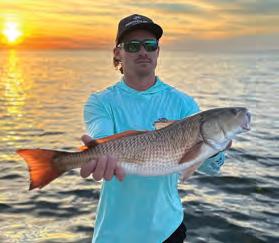


Also, I have open days if anyone is looking to fish here in Crystal River. Give me a shout to get out on the water.
Until next month tight lines and fish hard.
Capt. James Kerr 352-362-6893 Citrusfishingchaters.com
February is here and so is some pretty cold weather thus far this winter. The Christmas cold front and hard cold mid-January has really put some pressure on our fishery. The snook were probably stressed the most. February, look to fish the river holes and points for redfish, snapper, black drum, trout, and a few snook. Shrimp on a jig head will produce bites along with MirrOLure MirrOdines. If we get some warmer weather, trout will venture out to river mouths and work onto the flats outside the main river, Little river and Mason Creek. Nose hooked 5.5 DOA Cal in glow gold belly will do the trick for trout.
This time of the year is a great time to fly fish for redfish in between the cold fronts. With the cooler water temps, the bait is a little more scarce. That being said, these fish will go quite a while without feeding. Gurglers can be to enticing for these laid up fish and they can’t resist chasing one down and crushing at the surface! Also
shrimp pattern flys will work too. The near shore rocks will produce great table fare with the sheephead spawn firing up. Most of your shallow water grouper rocks will hold nice sized fish. Fish for sheephead with shrimp on a knocker rig. Pay attention to your wind and tide forecast. Some of your near shore rocks can stick out of the water this time of the year!
February 26th will be our Annual Homosassa Guides Assoc. Fish Fry at MacRaes of Homosassa. This is where we all get together and cook our famous shore lunch land side! If you’re looking for something to do, or a great organization to support, we would love to see you out there. If you can’t make it and would like to donate or learn more about what we do, feel free to reach out to me or to the Homosassa Guides Association at www. homosassaguidesassociation.com. Come see us!
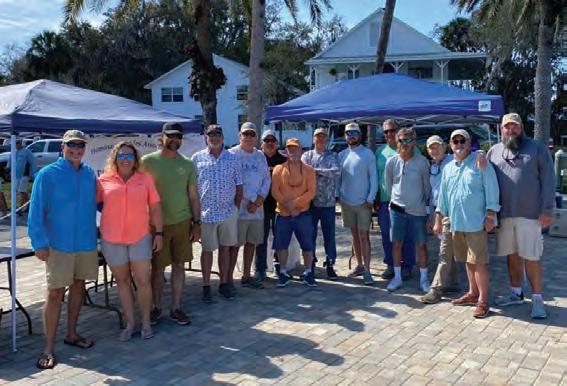
 Capt. Stump
Capt. Stump
352-403-2073 www.captainjhamilton.com
Burrrr! It’s cold, but the fishing is hot!! Hope everyone had a fabulous start to their year. We are starting strong, as far as the fishing goes. Inshore, the redfish bite remains nothing short of stellar. Getting into the back creeks and holes has been very rewarding, with tons of fish, and producing quite a few big fish mixed in. If you are able bodied and don’t mind an adventure of a lifetime, hire someone with a mud boat , a jet boat or an airboat and you’ll get to see what real wintertime fishing is all about!
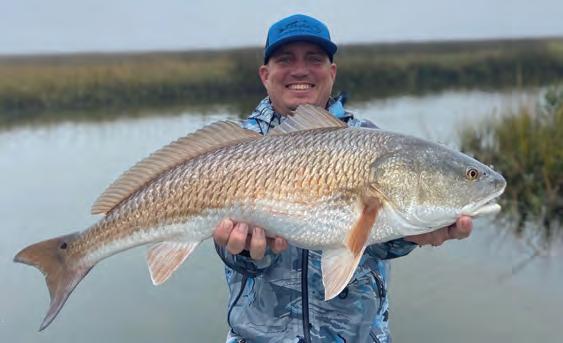



Nearshore and offshore, the sheepshead spawn is in full swing, with some big fish being reported. The spawn started a little early this year and has been a steady bite for many of us. Focus on areas in 15 to 40 foot rockpiles with live shrimp or fiddler crabs on a fish finder or knocked rig, and you’ll have many tasty dinners to come, not long after.
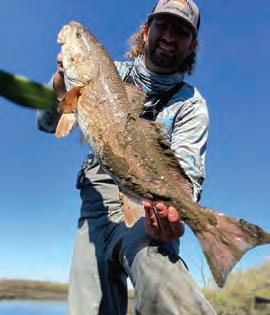
 Capt. Andrew Fagan Instagram : Capt_redfishdrew EBB TIDE CHARTERS
Capt. Andrew Fagan Instagram : Capt_redfishdrew EBB TIDE CHARTERS







Trout have rebounded from the cold Christmas week, and are cooperative in the afternoons of late, with Gulf water temps holding around 60 degrees. (63 today) If you can catch the afternoon highs, say 1:00 to 3:00 p.m., you can have some great fishing, if only for an hour or so. It can be every cast, if you can find where they are before the “bite” starts. That’s the trick? ‘cause if you weren’t here yesterday, then you might just not be in the right place when it starts. Catch 2000s, Catch Jrs. MirrOdines, and Paul Brown Series soft plugs are all producing, as are Assassin’s 5 inch baits in Watermelon Slice and Watermelon red and Salty Snacks, in those two colors as well as Molting and Golden Bream.
Troughs and old creek channels with good current flow seem to be
the best choice of locations, with a scattering of larger trout at creek mouths, and deeper holes and bars nearest those same creeks.

Reds will be in the creeks and will eat more live shrimp fished on the bottom, Carolina rigged or rigged on a 1/16 ounce jighead.
Tides will be tough in February with a whole bunch of negative lows to deal with, making access to the creeks rough if you don’t have the right boat for it. Pick your warming trends and high tides over two feet, for better days in February.
Meanwhile, Let's Go Fishing!
Pat McGriff dba One More Cast guide service for 30 years! www.onemorecast.net onemorecast@gtcom.net cell: 850.838.7541
Hello everyone. I hope y’all had a healthy January. My wife and I have welcomed our new first mate. She’s been a handful, but worth every second of the sleepless nights we’re having. Once again, February can be one of those tough months, so maybe I can help y’all out a little bit

I consider February the sheepshead month, and for that reason, we will start targeting them and strictly chasing convicts. These fish can be very, very frustrating. If you’ve never seen one, they have teeth like a human and can pick around a hook with you being none the wiser. Not only that, I’ve had them bite straight through a hook. So to counter all the tricky maneuvers, what I like to do is to find the smallest stoutest hooks I can get, with weight about a foot and half above the hook and use tiny bait. Bait can be anything from shrimp to crab to fleas.

On the trout and redfish side of things it’s gonna depend on the weather. I ran a trip the other day and we had to have seen over 100
redfish and we got two of them to eat. These fish can be very picky this time of the year and are more or less in survival mode. But good news is, as it starts to get warmer, things will pick up drastically. So just stay around the fish, throw the tackle box at them and that is about all you can do
Well guys hope y’all can get out there and catch some fish and if y’all want to get out with us, just give us a call.

Until next time, keep it Reel native.
Captain Brent Woodard
Reel Native Fishing Charters
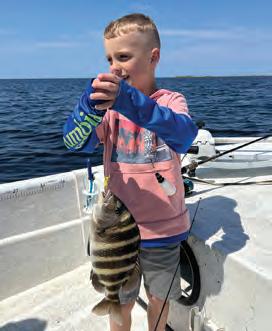
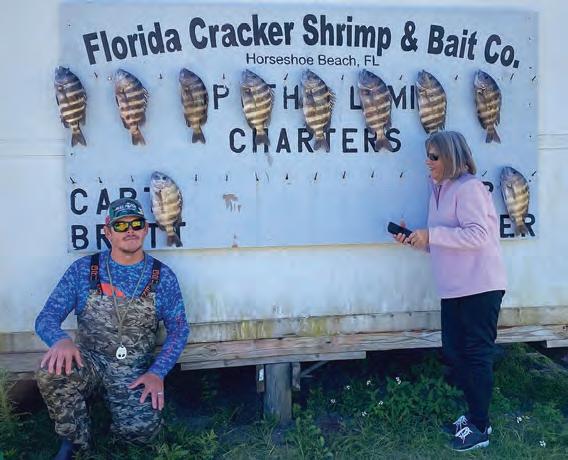
ReelNativeFishing.com 352-284-5514
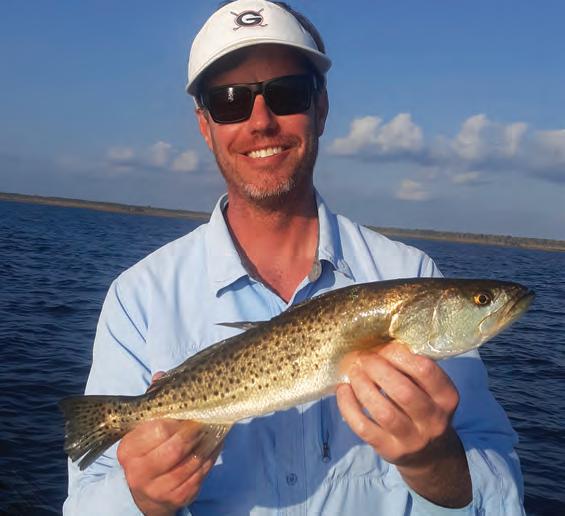




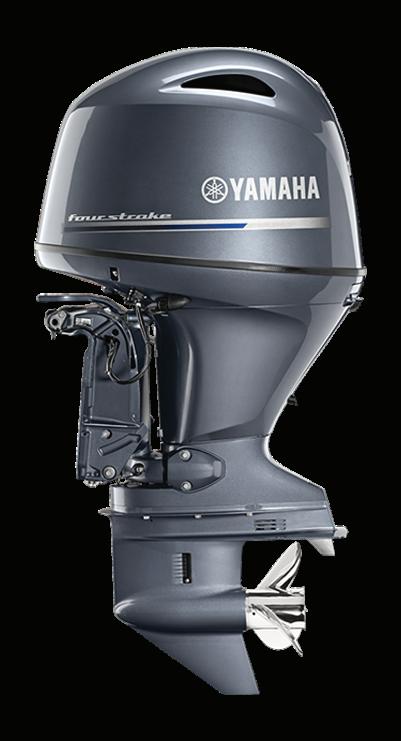



Over the next few months, waves of sh will ood the shallows to spawn. is presents the opportunity to catch some monster bass, and a plastic worm is always a main player for me when it comes to the spawn.


A Texas-rigged stickbait is a very common technique, but many people use it ine ciently by casting to a lot of dead water. I try to maximize productivity by casting to high-percentage targets. I focus on isolated cover. In the South, this could be small patches of grass and groups of pads, where spawning females are hidden from the naked eye. In other parts of the country, the structure might be wood or rock. Make multiple casts and work these areas slowly. I use a bigger-style stick bait, normally in the 6” version. Darker colors like a black and blue tip are my go-to. I use lighter 1/16- or 1/8-ounce weights to keep the bait looking natural. Use heavier line to cast around thick cover for large sh, but avoid braid which might be visible to sh in shallow water. I like 17- to 20-pound uorocarbon.
When I want to cover more water and locate sh, slowly reeling a big speed worm-style bait works great. e vibration the tail gives o drives sh crazy. It’s an awesome way to nd sh before slowing down to pick the area apart. I like darker colors like a junebug when the water has some stain and gravitate to more natural green pumpkin with some ake when the water is cleaner. I use ¼- to 1/8-ounce of weight and 15- to 17-pound uorocarbon.
A wacky rig is also e ective when sh are shallow. I sh it just like the Texas-rig in isolated cover, but I sh it weightless. is is great for heavily pressured sh. I use lighter line in the 10- to 15-pound range and a spinning rod for a wacky rig.

Flipping a worm is the last technique I will cover. is allows you to put a bait in places other styles don’t allow and e ciently pick apart heavy cover. I use a large Senko-style so plastic, and braided line is a must. I like 3/8 to ¾-ounce of weight, depending on the thickness of the cover. Remember, the only way to set yourself apart is to slow down and put your bait in places nobody else has.
Except for the wacky worm, rod and reel choices for each technique are similar. I like a longer 7’6” medium-heavy to heavy action rod for most worm shing. e 13 Fishing Omen Series has a few rods that are perfect for the job. I use a faster-speed reel like the Concept A 7:5:1.
For the wacky worm, I like a 7’ 3” spinning rod in medium-heavy. A reel with good drag is important, and I’d recommend the Axum from 13 Fishing.
Tyler Woolcott is a professional tournament angler and guide. Check out his website at www.tylerwoolcott shing.com.



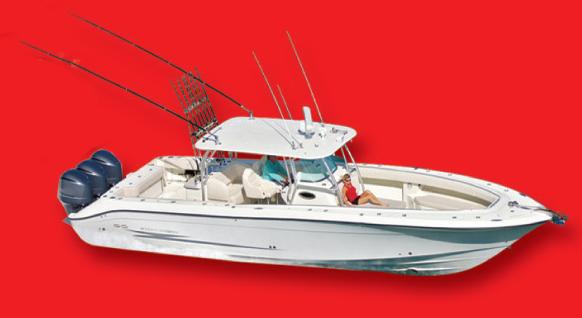
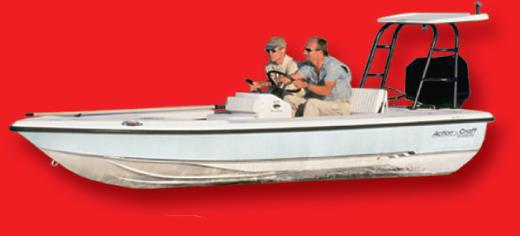



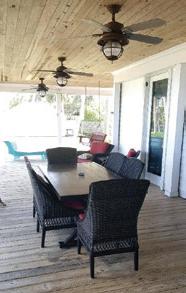


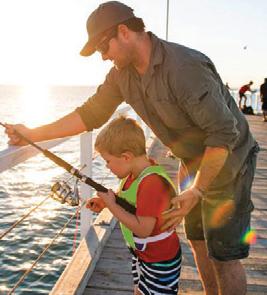













Since 1990, CraigCat has offered big performance in a compact, easy-to-use package! Their (DSTS) Dynamic Sport Tuned Suspension system, and (CHD) Calibrated Hull Design give you the smoothest ride and high-performance fun that no one else can duplicate, even in less than favorable conditions. Their (ASC) Automatic Stability Control gives the driver and passenger confdence in almost any conditions.





Whether it is fresh or saltwater, fshing or sightseeing, CraigCat has the right model for you! They have taken the CraigCat to a whole new level with the exclusive package. Loaded with amenities, the CraigCat E2 Elite features a premium JBL highdefnition sound system with USB and Bluetooth connectivity, custom deluxe bucket seats, full-width composite storage compartment, convertible Bimini top, ion docking, NAV, position, and LED courtesy deck light. They offer a wide range of accessories like the very popular GPS navigation system with down imaging sonar, wing storage racks for additional storage, polished stainlesssteel propeller, and the list goes on.

Portability is a big thing when it comes to boats. Not only is a CraigCat very portable with a total weight of 550 pounds, practically any car can tow a CraigCat with the combined weight of 800 pounds, boat and trailer. High quality and great value are what you get with a CraigCat.

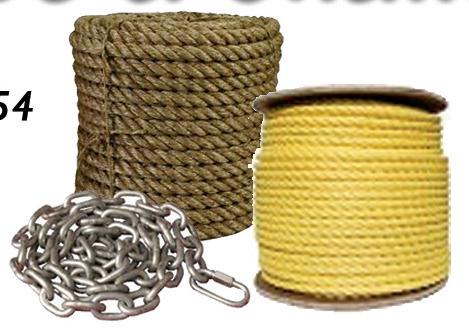
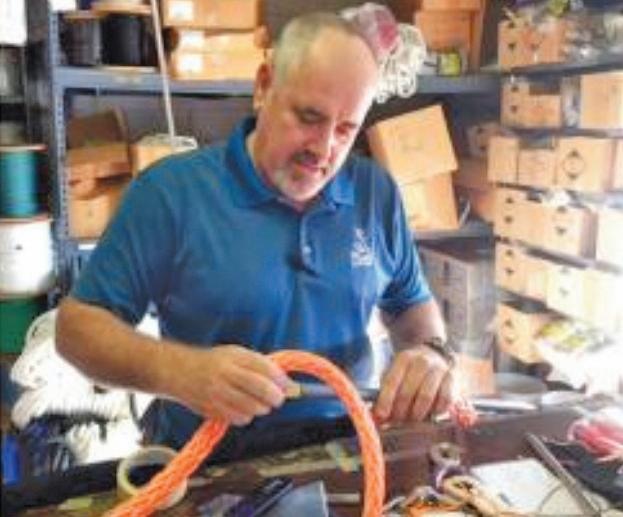





With costs sky rocketing out of sight in the marine business, the CraigCat is very affordable. The E2 Elite 25hp model complete is only $13,485!
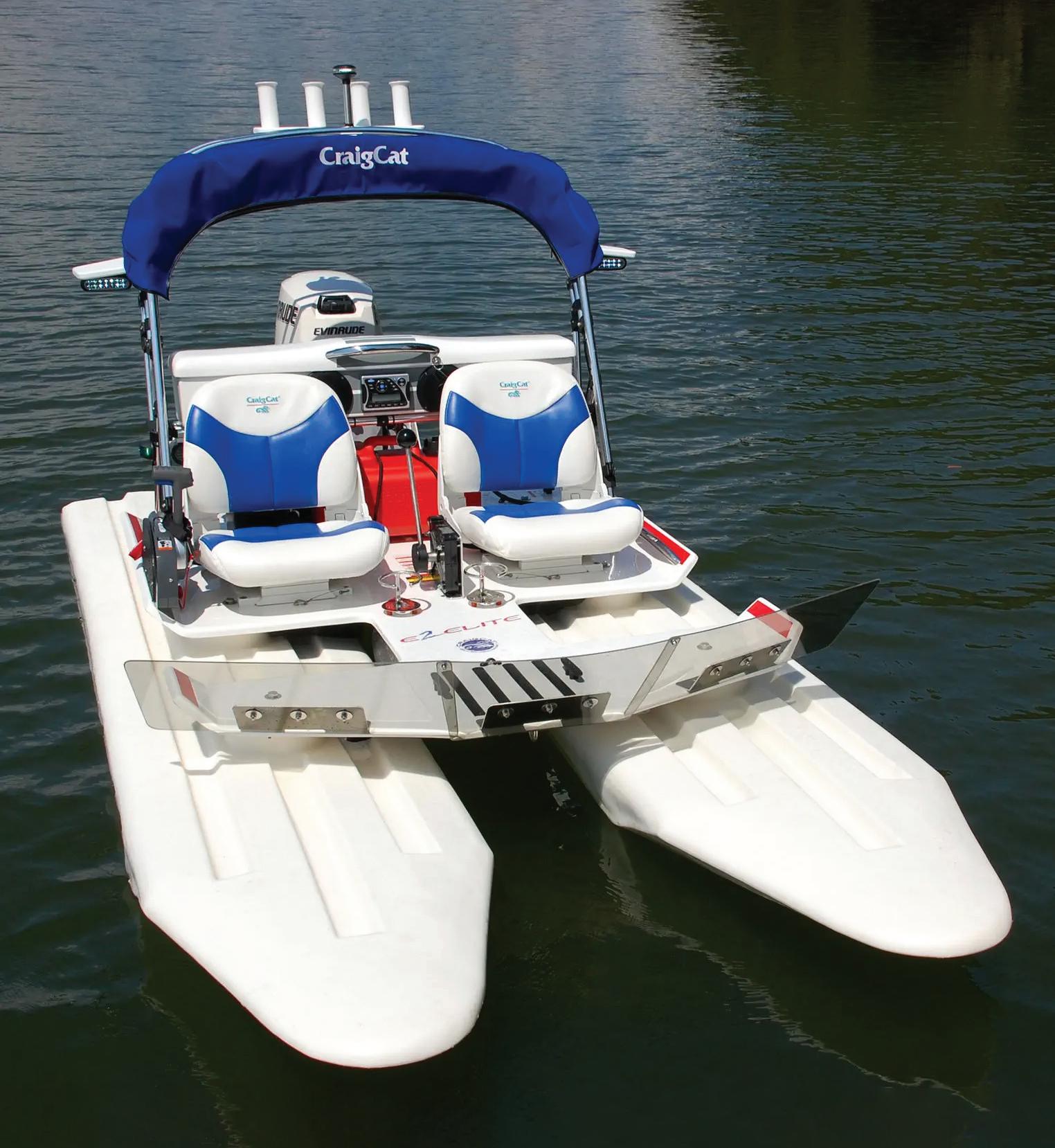
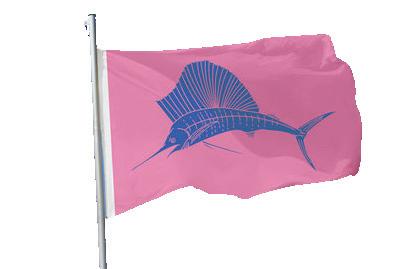







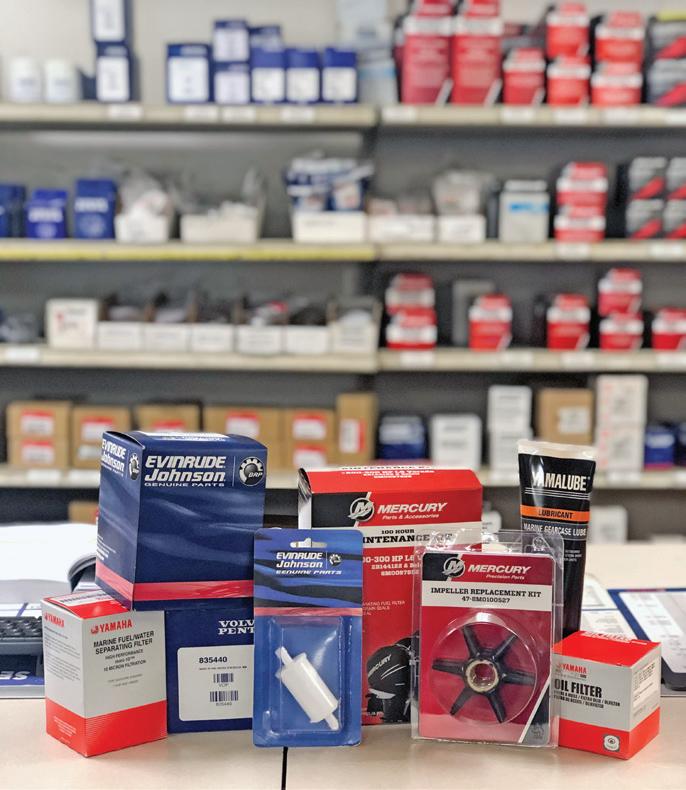













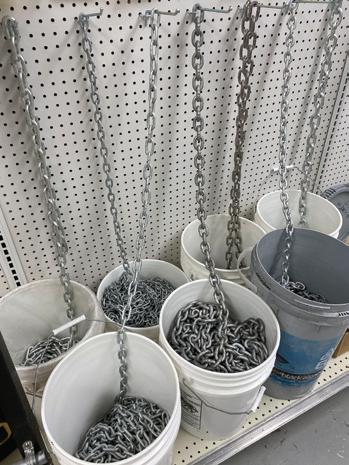


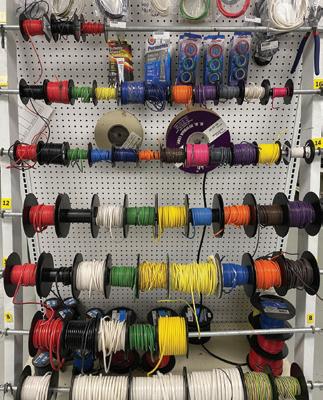
Here’s a memorable beach moment: You’re basking in the warm sun, toes in the sand, letting the gentle turn of the foam-capped waves lull you into a state of complete relaxation. As your eyes scan the endless horizon of blue on blue, you’re rewarded with a school of dolphins making their way across the sea. There’s no denying their signature shape as they leap from the water. If you don’t see anything else extraordinary the rest of the day, you can take solace knowing you’ve witnessed one of nature’s most playful and intelligent creatures in their natural habitat.
Why not re-create that special toes-in-the-sand moment with our Blue Topaz Dolphin Pendant? The beloved sea mammal has been captured mid-jump in sterling silver. And, tucked into its fins is a full two carats of shimmering blue topaz. Nothing captures the shimmering color of the ocean in the midday sun like blue topaz. With its sparkling clear blue color and high refractive index, blue topaz is one of the top-selling blue gemstones. And with our special price, you have quite the catch. Satisfaction guaranteed or your money back. Enjoy the Blue Topaz Dolphin Pendant for 30 days. If it doesn’t pass the test swimmingly, send it back for a full refund of the item price.

Limited Reserves. A full two carats of genuine blue topaz set in sterling silver for this price is as rare as a dolphin sighting. We cannot guarantee availability for long. Call today!


Stauer… Afford the Extraordinary ®



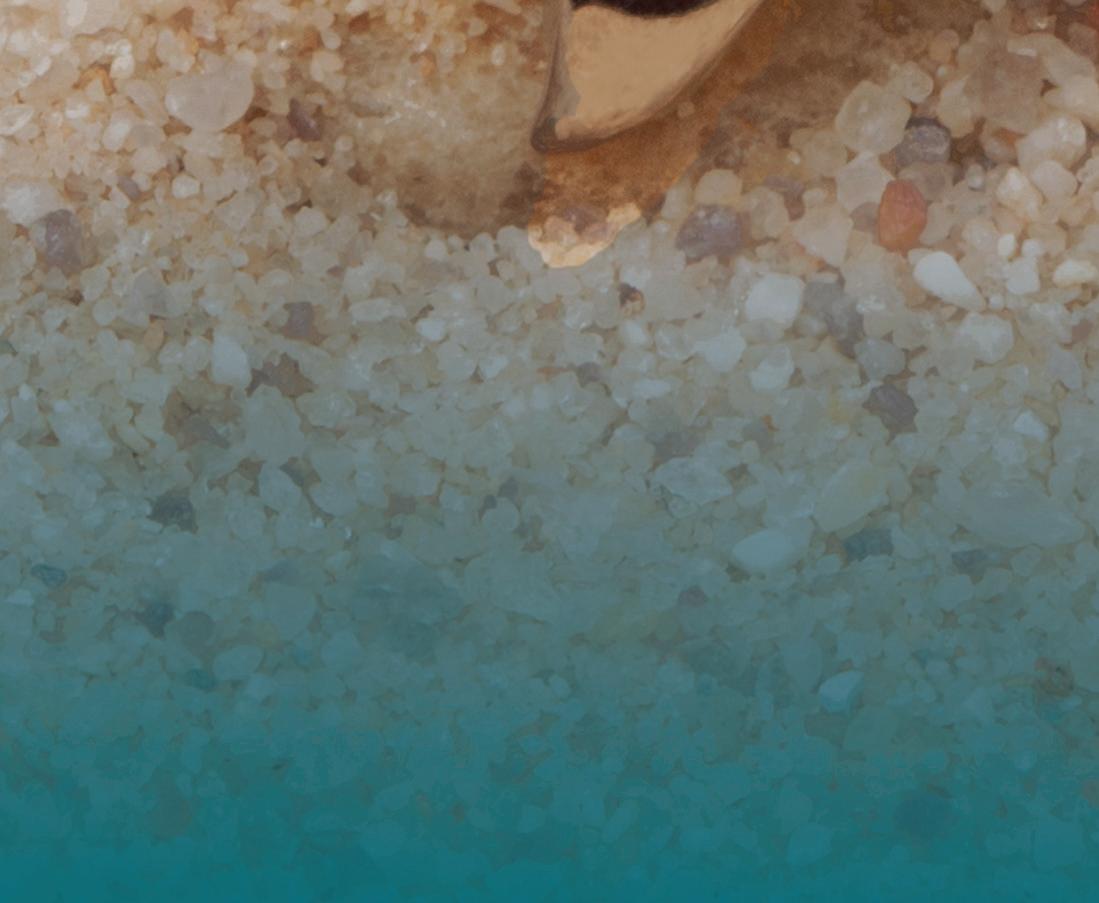
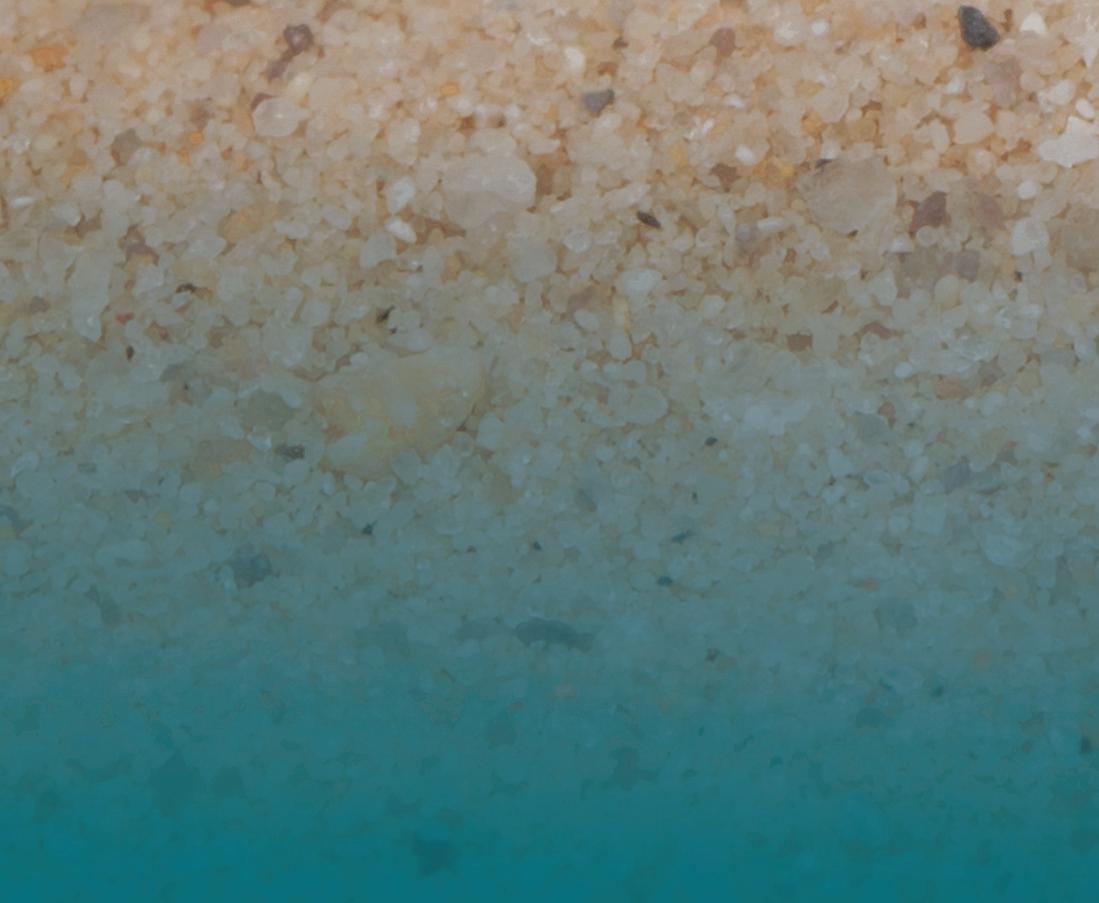

The 2023 Academy Sports + Outdoors Bassmaster Classic—widely known as the “Super Bowl of Bass Fishing”—will be held March 24-26 in downtown Knoxville, Tennessee and on the University of Tennessee Campus.
e Bassmaster Classic is one of the world’s most prestigious championship tournaments and pits 55 of the world’s best bass anglers against one another for the title of Bassmaster Classic Champion. e Classic is a catch-and-release event, with bass being returned to the shery under the supervision of the TWRA.


Daily takeo s will be from Volunteer Landing on the Tennessee River in downtown Knoxville each competition day, and weigh-ins will take place in the ompson-Boling Arena on the University of Tennessee campus. e fan favorite Bassmaster Classic Outdoors Expo will be held Friday through Sunday, March 24-26 in the Knoxville Convention Center and the adjacent World’s Fair Exhibition Hall.
All activities and venues are free and open to the public.
For more information, visit Bassmaster.com.

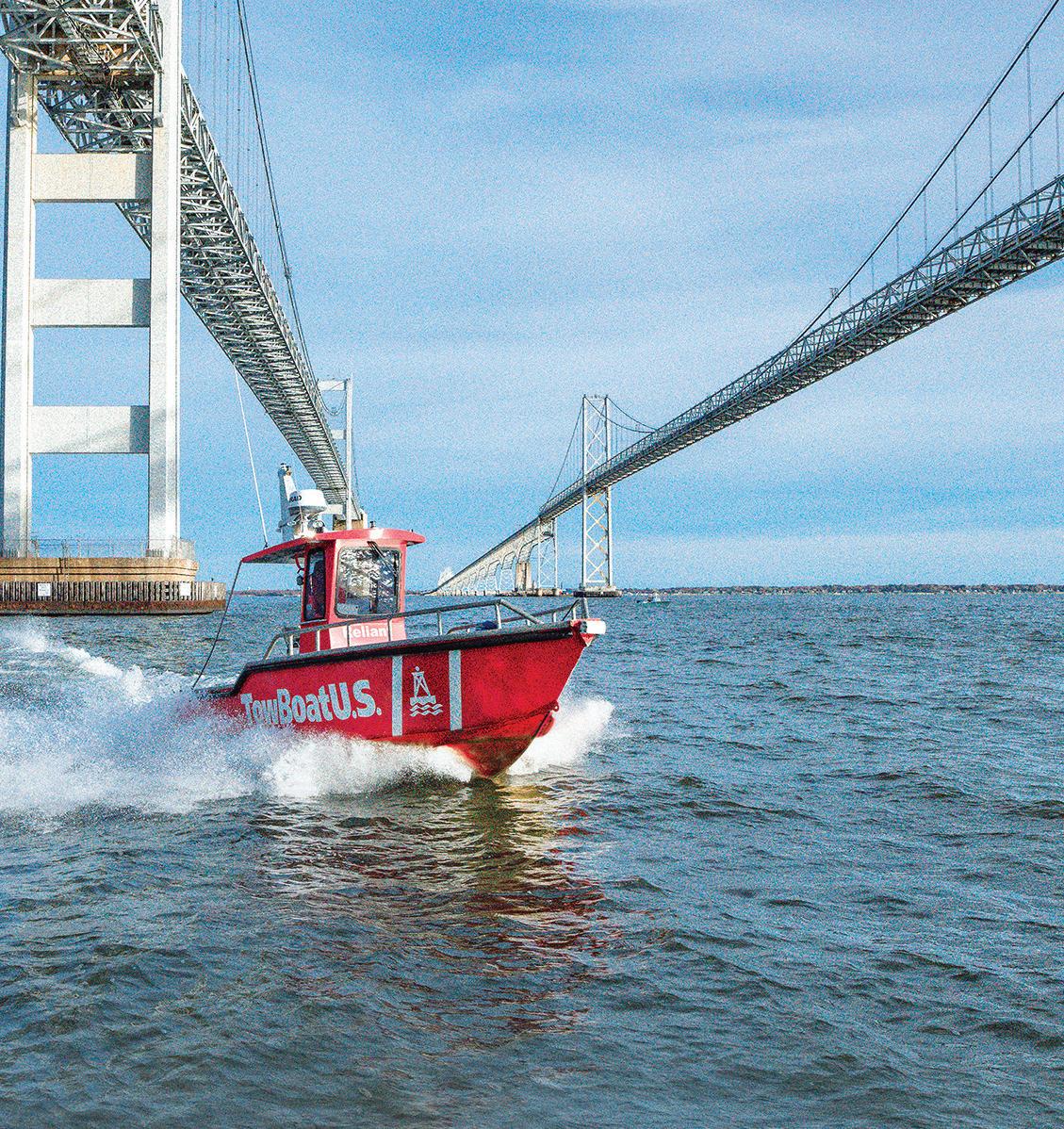



C-Hawk Boats has made a name for itself among boaters who want no-nonsense, custom-purpose vessels that are designed to perform and built to last. Owner Brad Grubbs said their C-Hawk 25 Center Console is an endlessly customizable boat that has gained a lot of fans among charter captains who fsh them hard every day. “We have 10-plus guides using them on the west coast of Florida,” he said. “In Georgia and South Carolina, they’re using it as a small passenger ferry. In Chesapeake Bay, it’s a crab boat.”


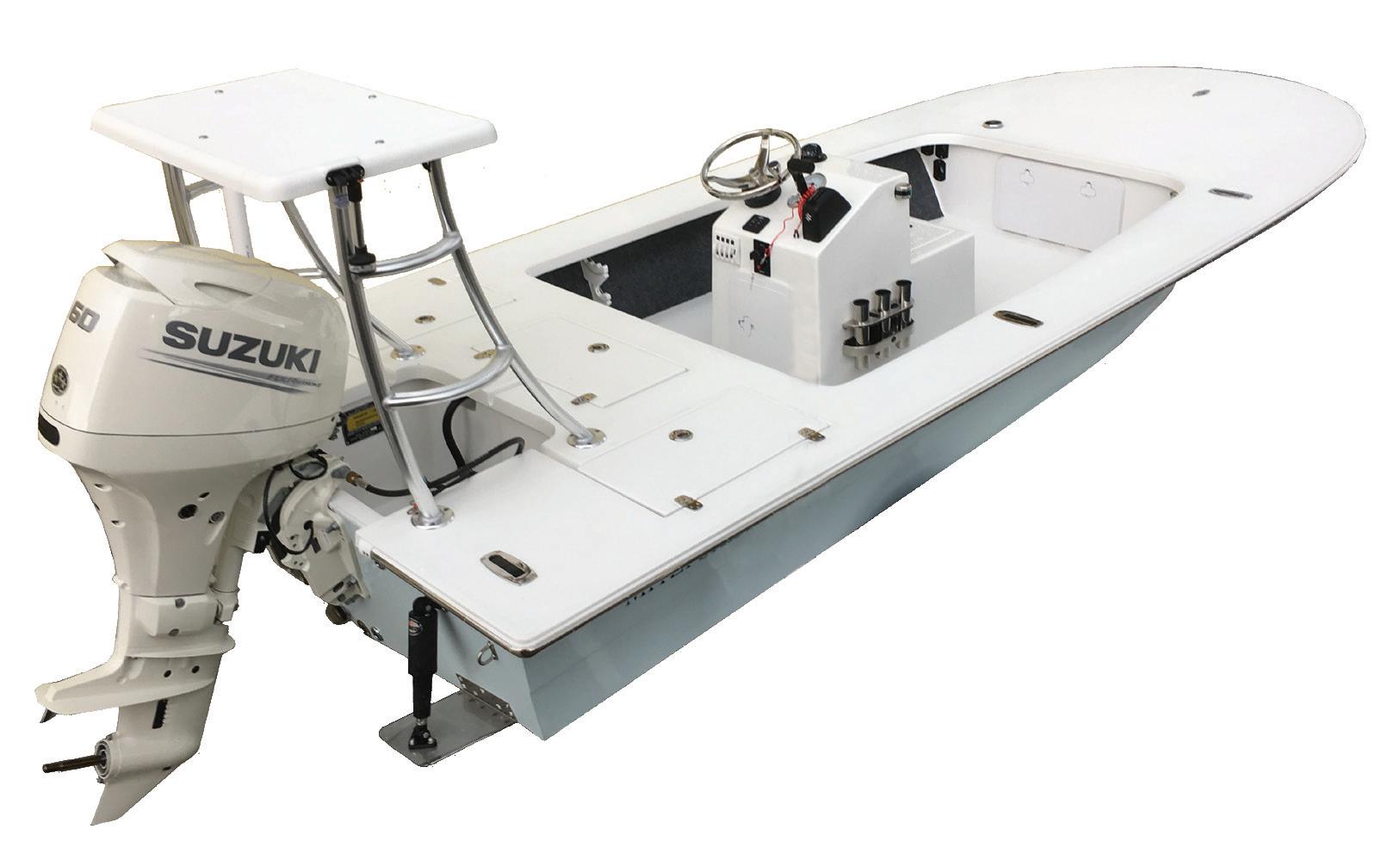

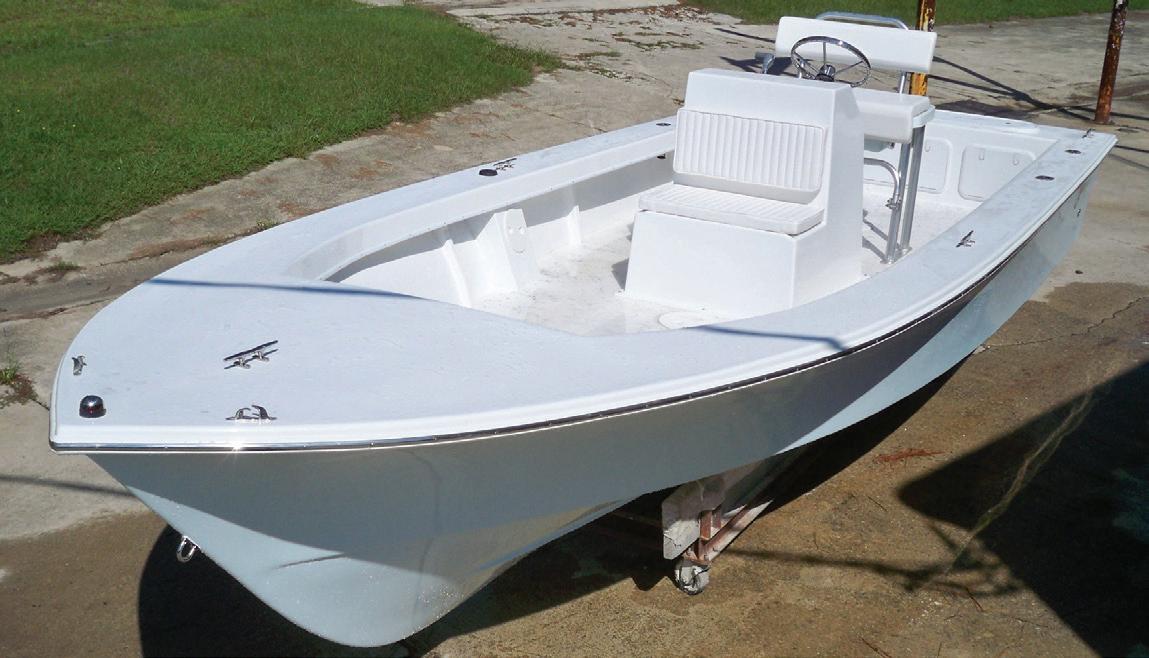
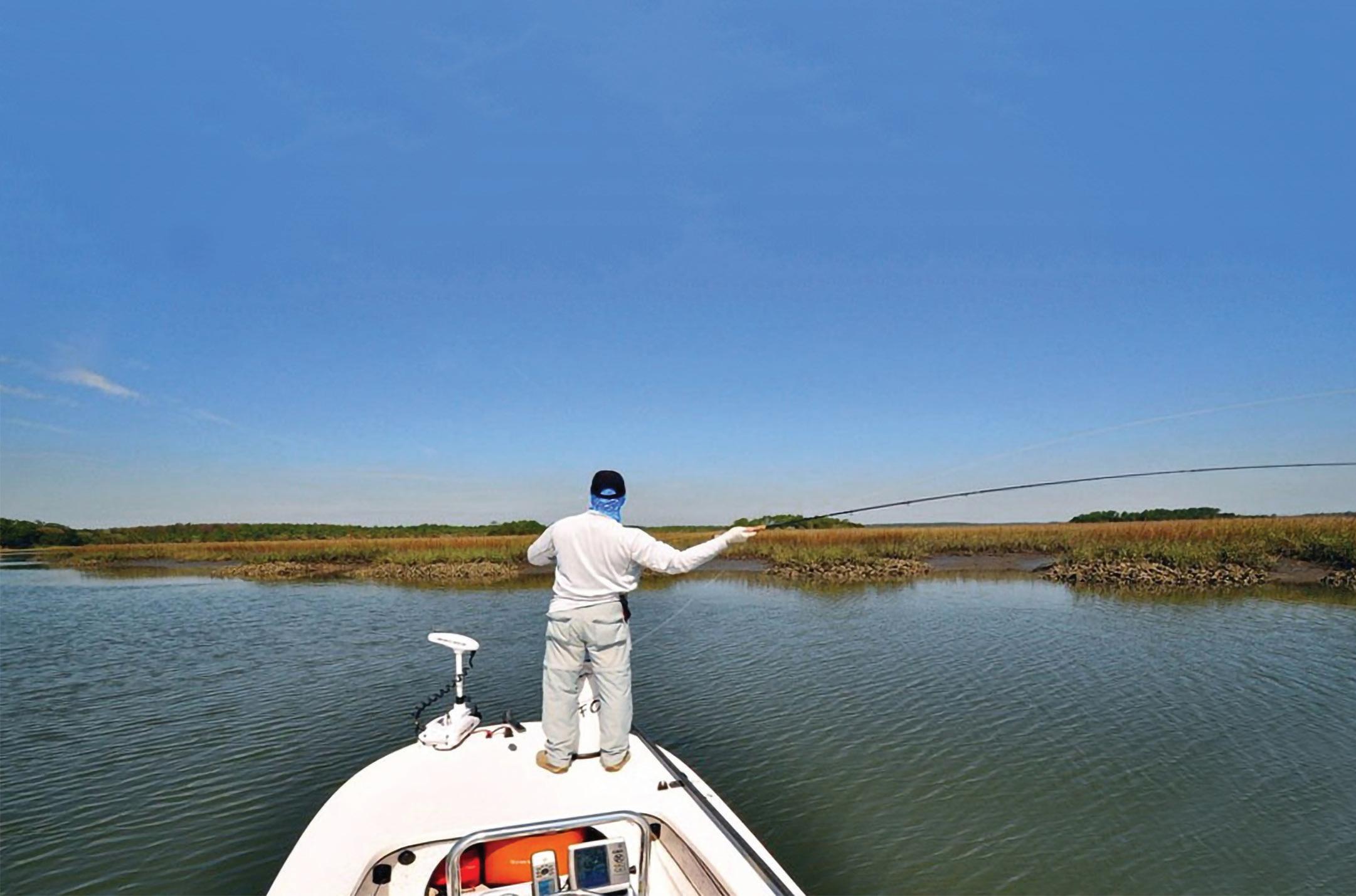
At its core, the C-Hawk 25cc is a hard-core workhorse with a 300 horsepower maximum that will take you anywhere you need to go. Its 9’6” beam allows it to foat in very skinny water with just a 12” draft, and it is also extremely stable, which should appeal for bottomfshing, diving and any other pursuit where a stable platform is preferred. Whatever you plan to do with it, all C-Hawk boats are built battleship tough to commercial-application standards. They are designed to withstand hard use for years of trouble-free boating, and you can customize your C-Hawk from the factory in any way that suits your purpose.

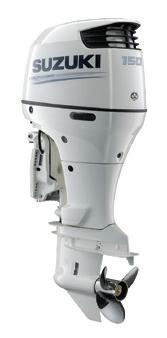

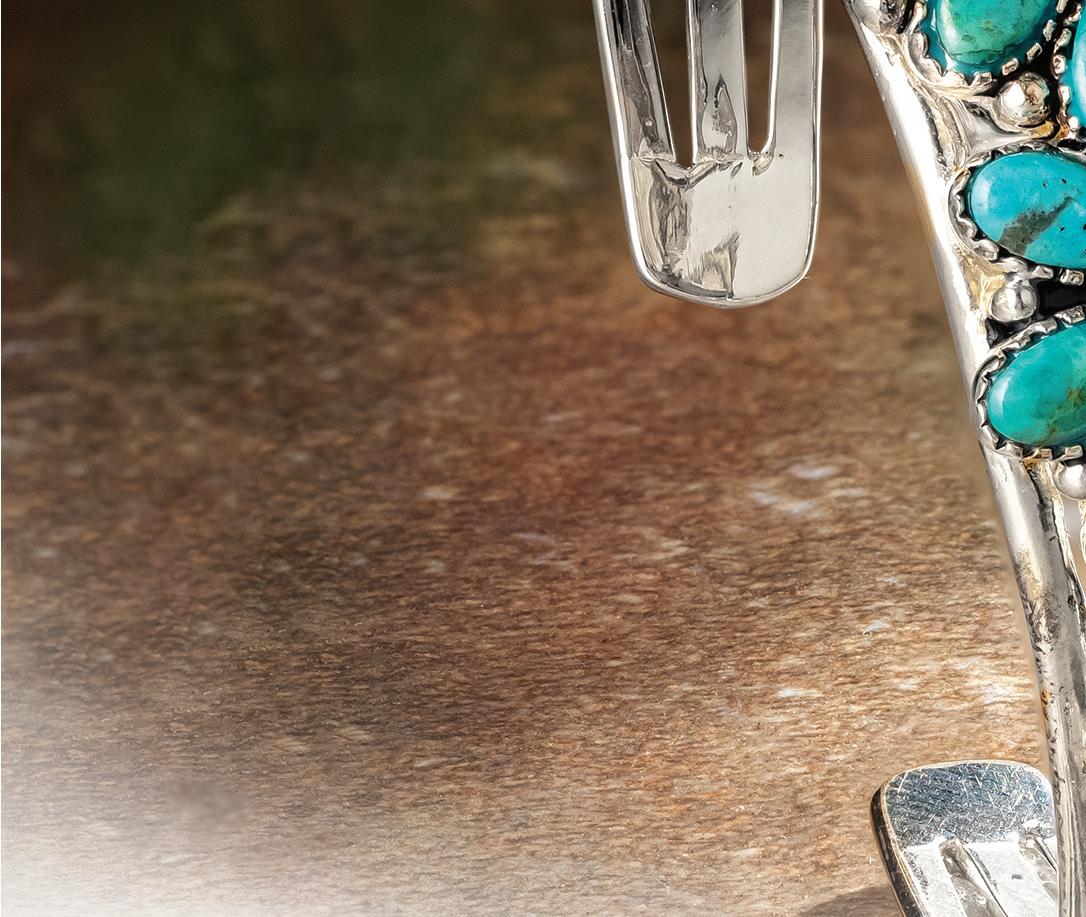
“We can mix and match consoles, fsh boxes, full transoms, cut transoms, bare hulls… you name it,” Grubbs said. “There are some recreational guys adding towers and sight fshing for cobia, and such. Everything we do is built around keep it simple, keep it effcient, keep it easy to maintain, keep it cost effective to own and operate. They are all unique… no cookie cutter trailer queens here. The 25 is a great example of what C-Hawk is.”


Old Pete was a retired stuntman bursting with stories. There was the time he stared down a grizzly bear. There was the time he won a competition and got to kiss a Hollywood starlet as the prize. And there was the time he got into a fistfight with the Duke. Many stories. Some were probably even true. I know two things for sure: that he had an excellent collection of turquoise and that he owed me for a poker game he lost. The last time I saw him, he opened a drawer and pulled out a collection of beautiful Navajo turquoise jewelry to repay his debt. Pete’s jewelry inspired our Tucson Sun Turquoise Collection. This jewelry set features turquoise that’s been gently enhanced to bring out its finest shades in a Southwestern motif. Finished with oxidized silver, this jewelry set captures the beauty and mystery of the Arizona desert. The rarest and most valuable turquoise is found right here in the American Southwest, but the future of the blue beauty is unclear. I recently spoke with turquoise traders who explained that less than 5% of turquoise mined worldwide can be set into jewelry. Once thriving, many Southwest mines have closed.
But Stauer saw this coming and is now one of the largest owners of gem-grade turquoise in the U.S. Don’t miss your chance to own the diamond of the desert. Act now. This is one of our fastest sellers, and we only have a limited supply of Arizona turquoise available for this ad. See why Stauer remains the best bang for your buck!

Jewelry Speci cations:
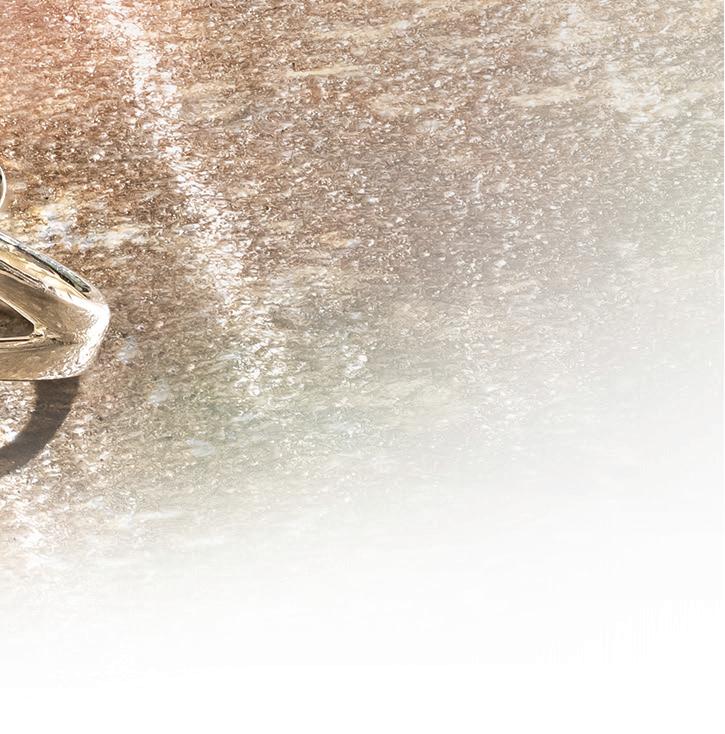

• Arizona turquoise. Oxidized silver finish. Ring: whole sizes 5-10. Pendant: 1 ¾" drop. Cuff: fits wrist to 7 ¼".


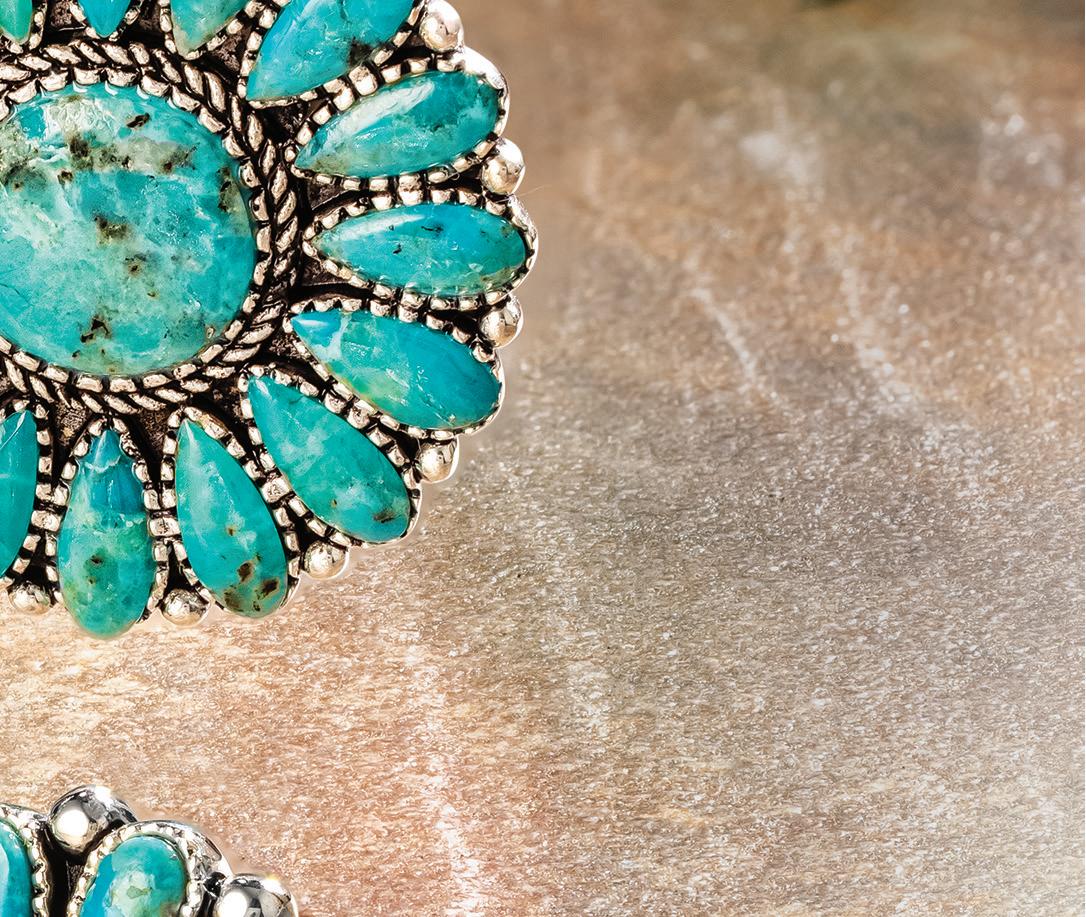


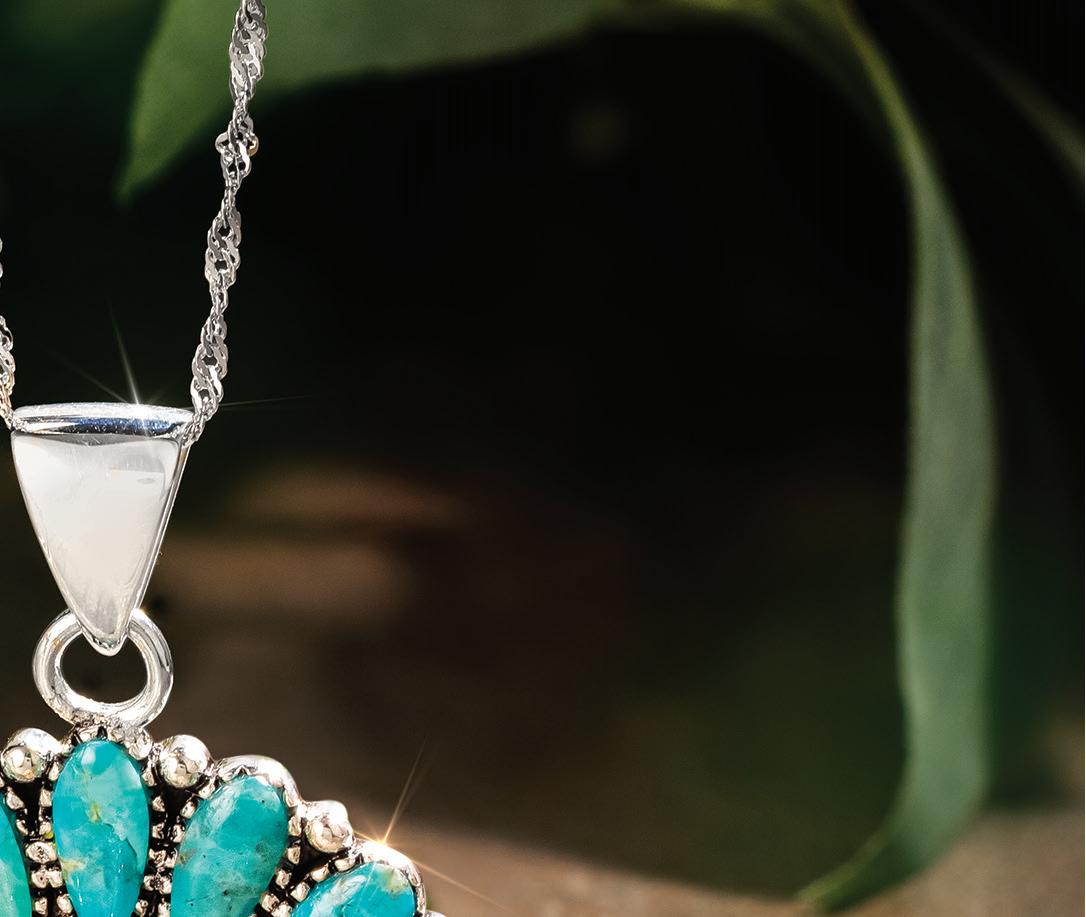
Stauer, 14101 Southcross Drive W., Ste 155, Dept. TSC130-01, Burnsville, MN 55337 www.stauer.com

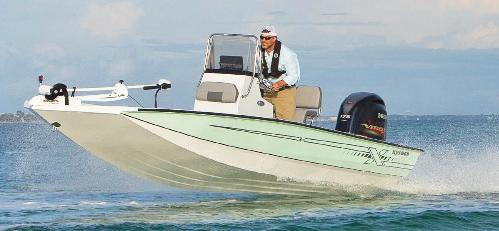



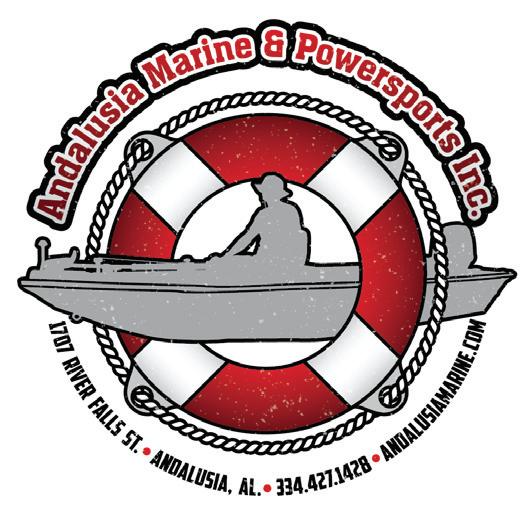

Introduced in the New Product Showcase at ICAST 2022, the all-new MHX HD Rod Rack is the ultimate shing rod storage system with space for up to 20 of your favorite rods.
Constructed from Marine Grade HDPE material, it will never rot, warp or damage your tackle. Assembled with stainless steel hardware, no environment is o limits. Whether used on the dock for a post-trip wash down or just to help organize your garage and tackle room, this rod rack is a solid piece of equipment designed for serious anglers.


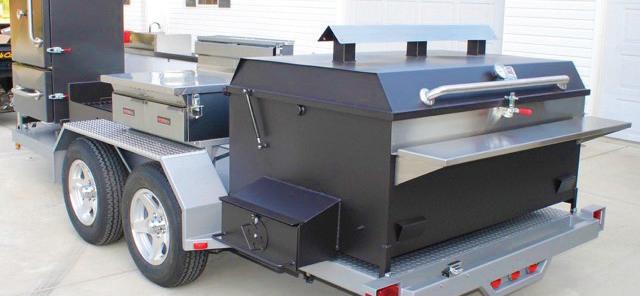
From y and light-tackle rods to heavy o shore rods, each rod’s ghting butt sits in CNC Milled recessed cups to add stability to all handle styles. e MHX HD Rod Rack has the size and the brawn to handle your full arsenal, indoors or outside. It even comes with four supports that lock in heavy duty bent butt o shore rods.

Measuring 26” x 16” x 8”, this heavy-duty, multi-purpose rod rack is easy to assemble and will nd a perfect place on your boat or dock, in the garage, or at the shop.


e MHX Rod Rack securely stores your rods, so they are ready at a moment’s notice. With an MSRP of only $229.95, you won’t nd a tougher, more versatile rod rack at such an amazing price. Shop for the MHX HD Rod Rack at mudhole.com today!


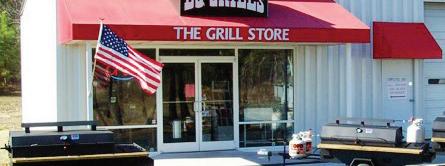

Berkeley County is a wonderland for outdoor enthusiasts, sports bu s, adventure seekers, and water lovers.


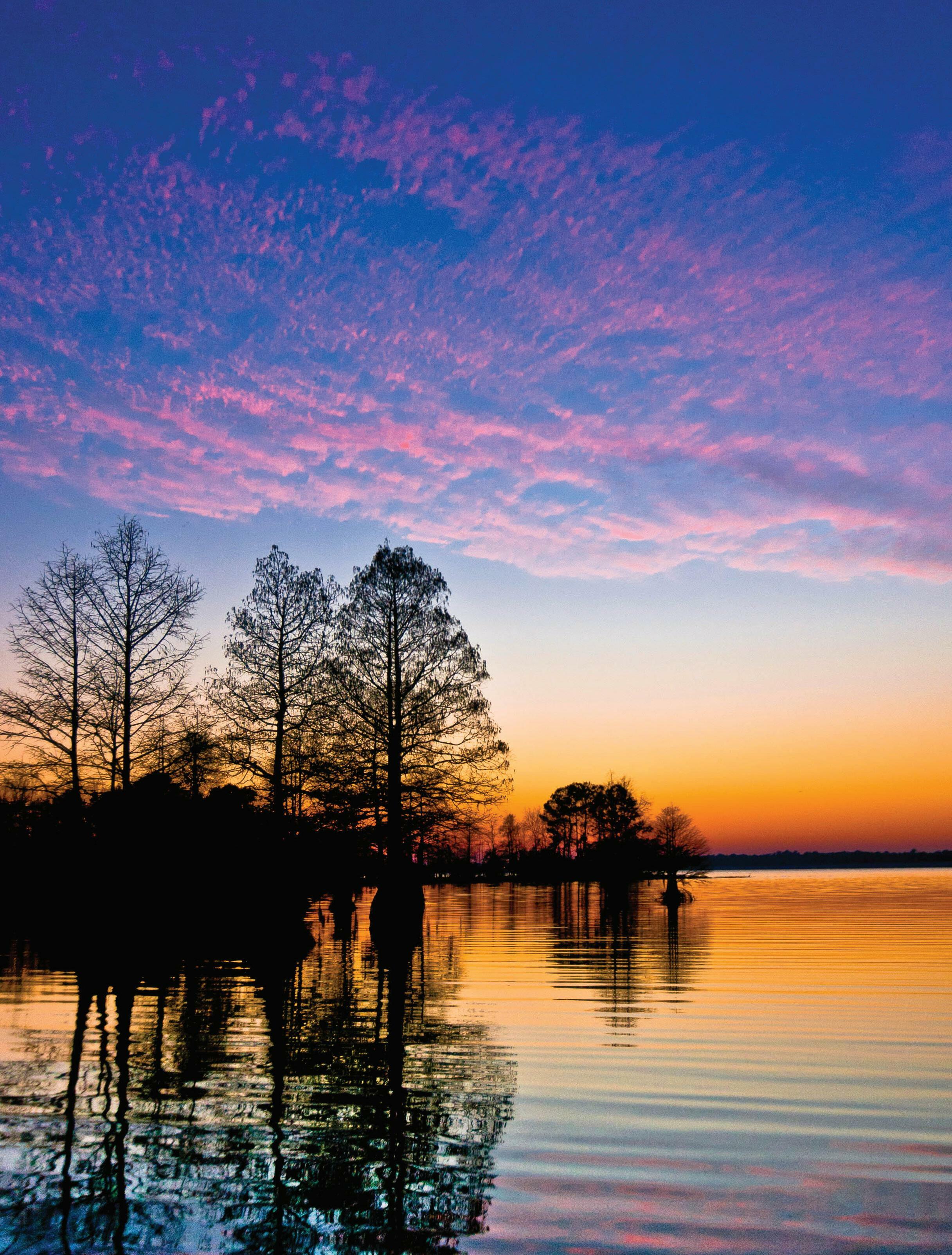
From exemplary fishing for striped bass, or a trophy largemouth bass, to our hiking trails and water activities, along with scenic outdoors where you can catch a glimpse of white tail deer and gators, Berkeley County has activities to fit all visitors and families.

Learn more about Berkeley County at: exploreberkeleycounty.com











